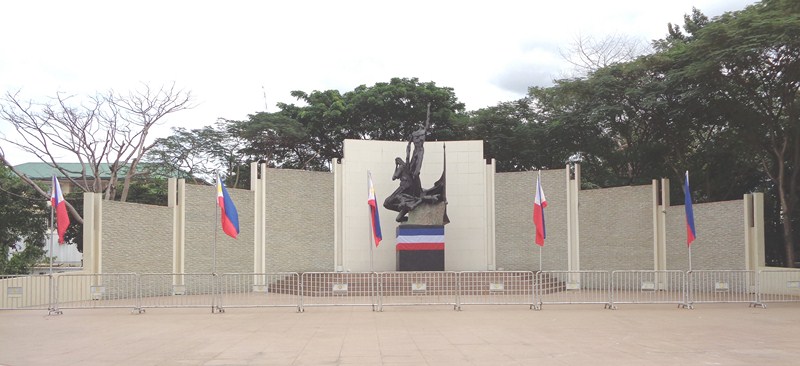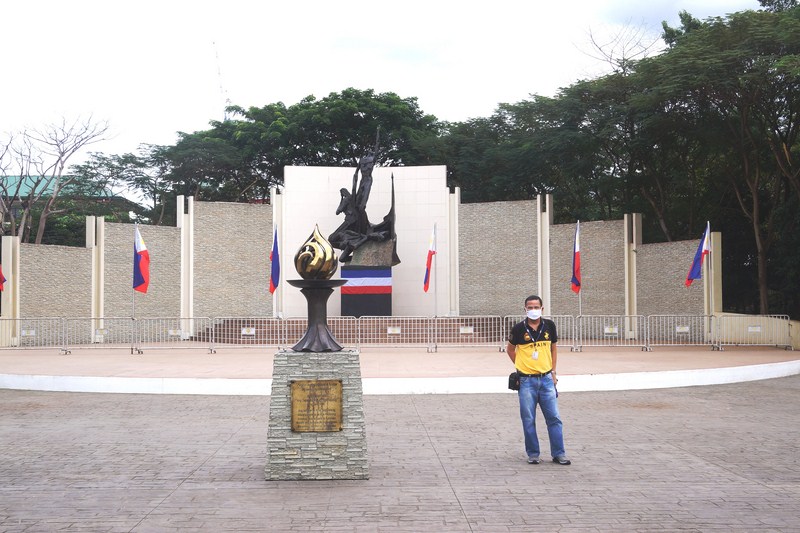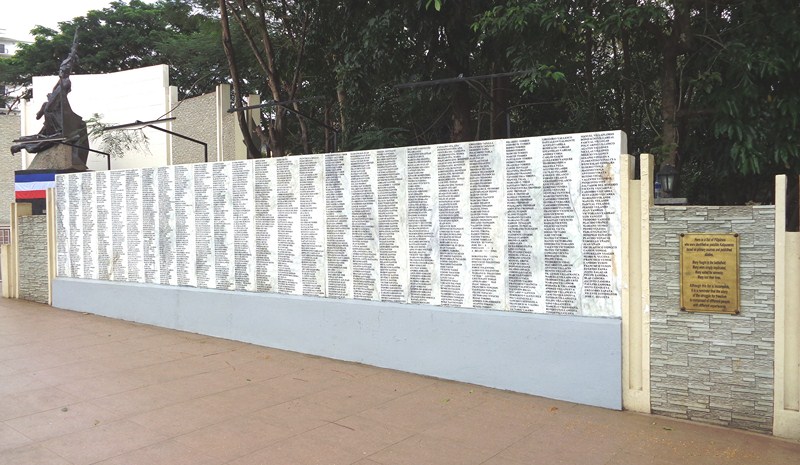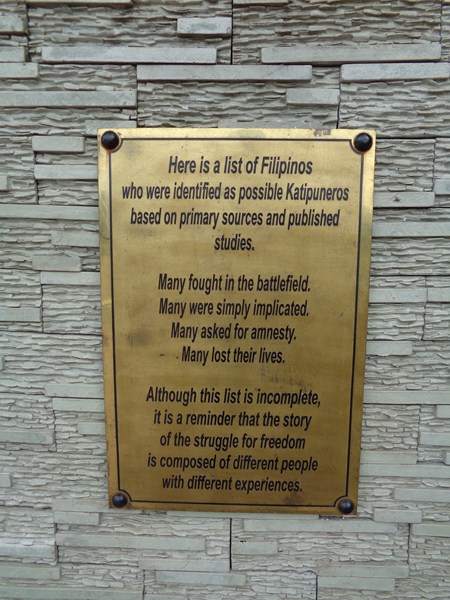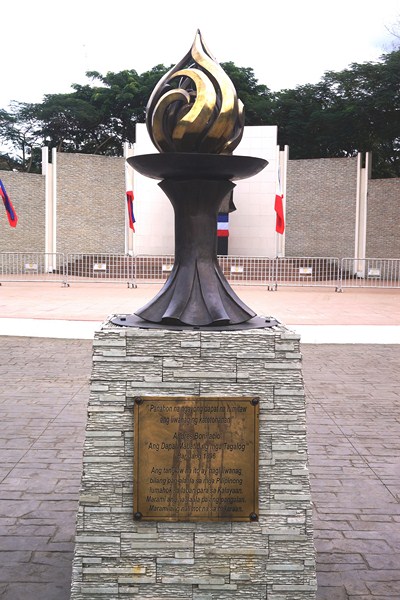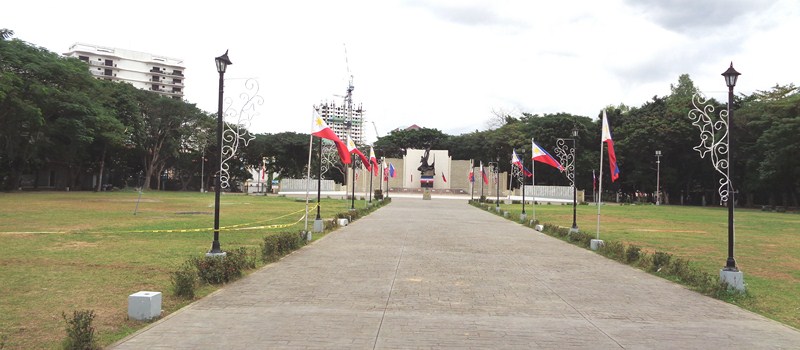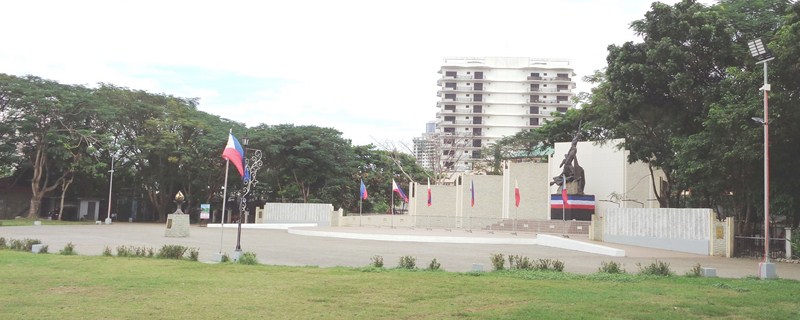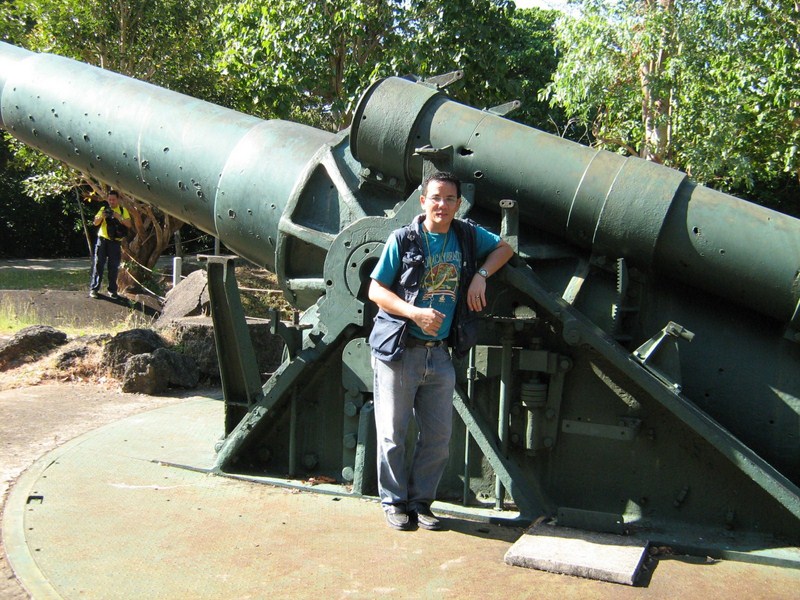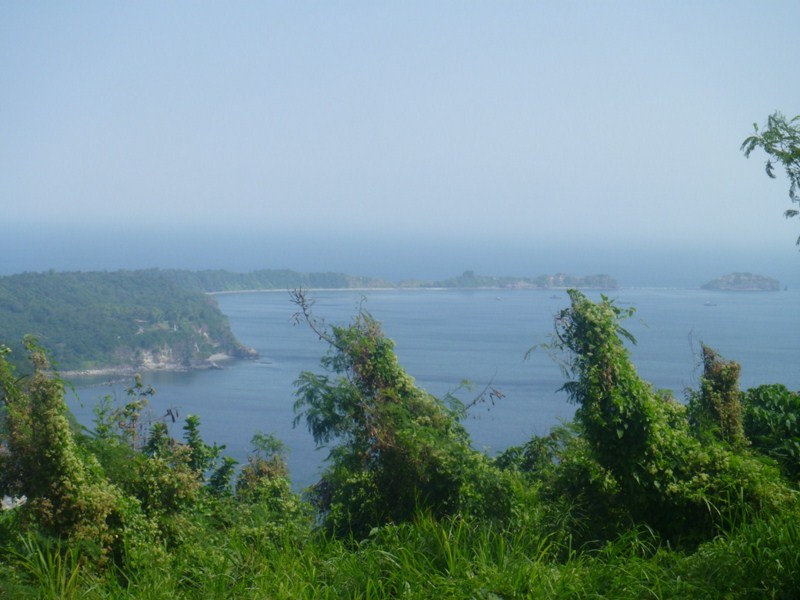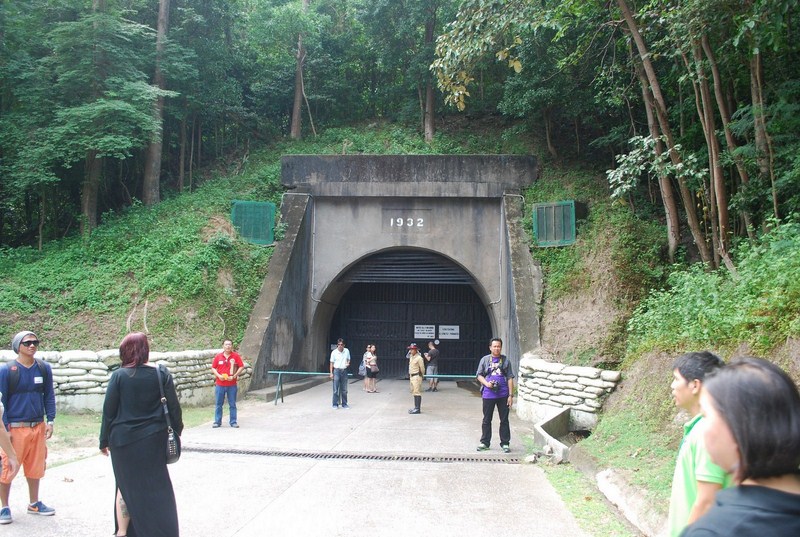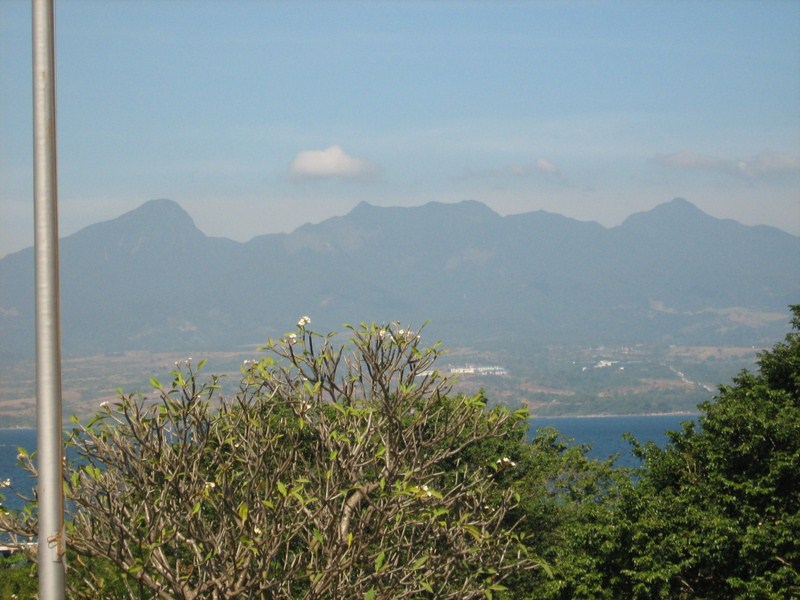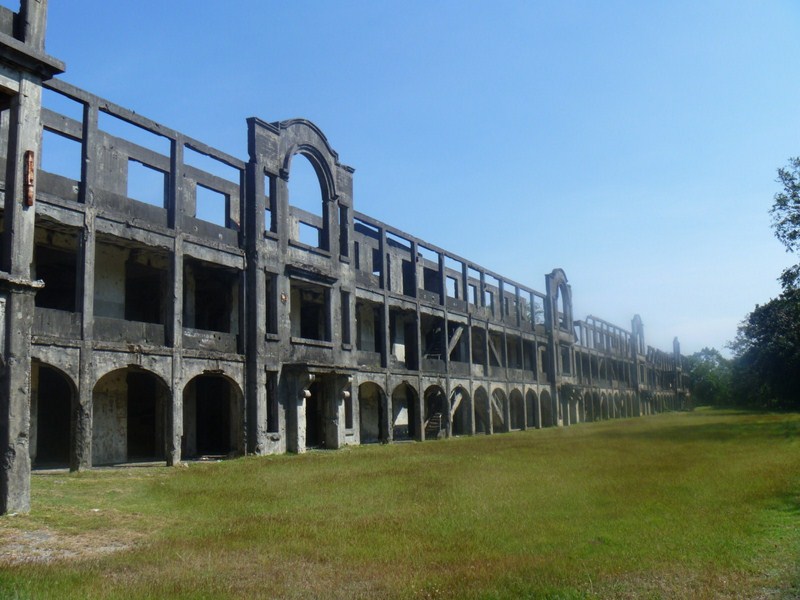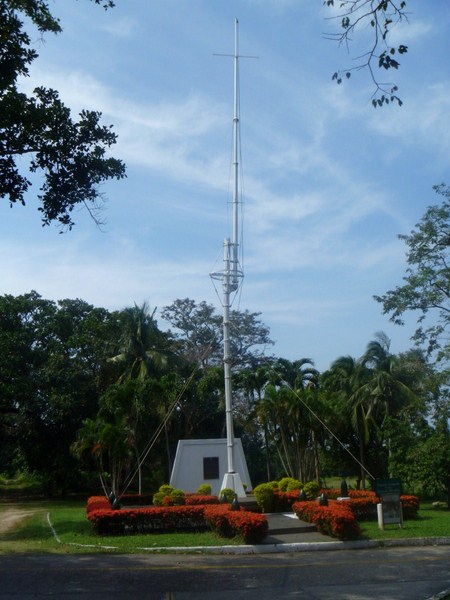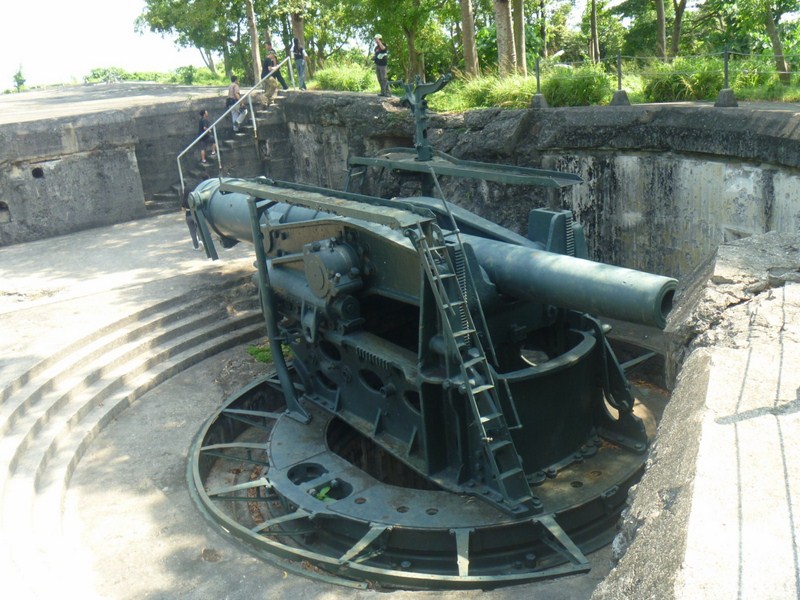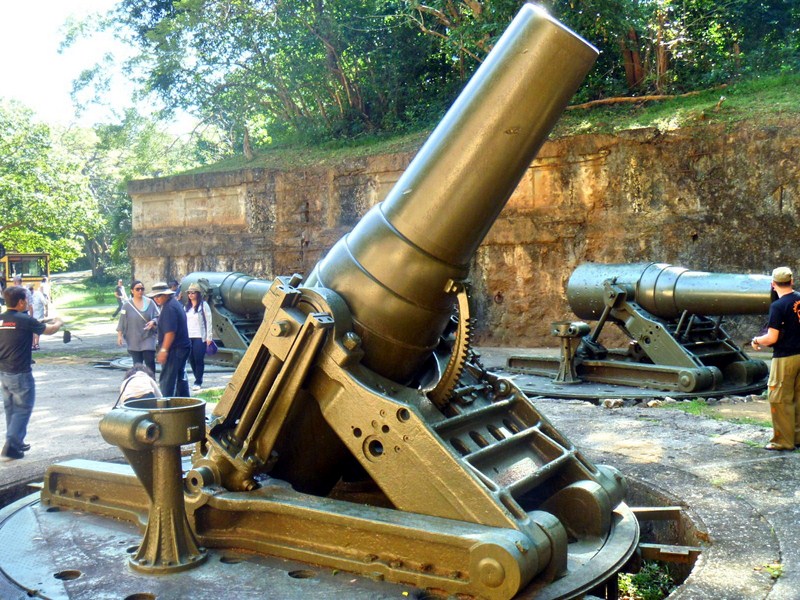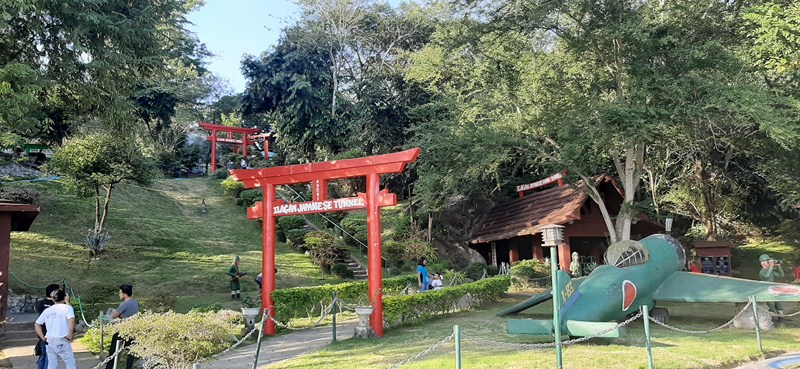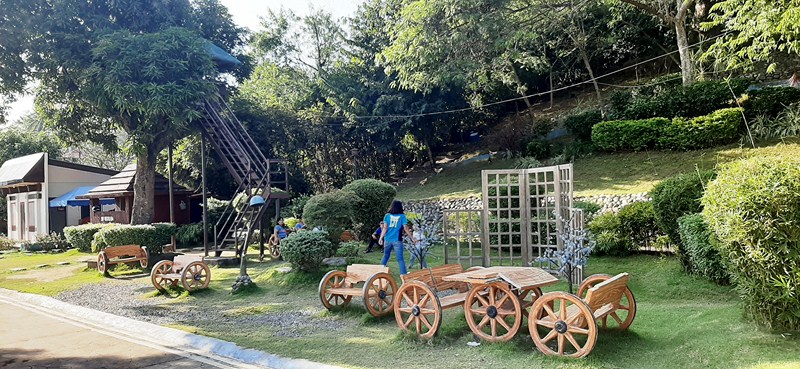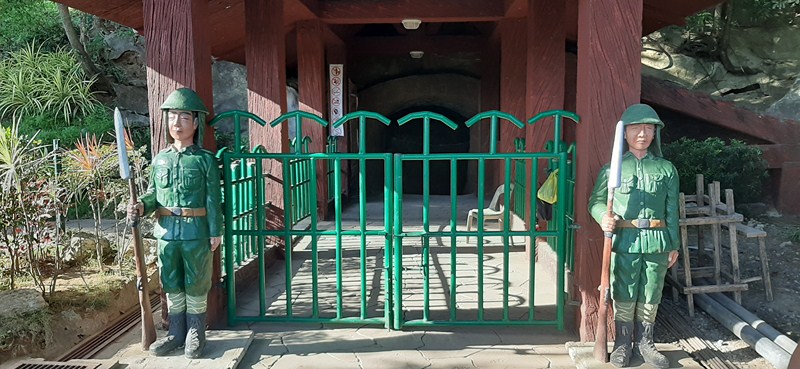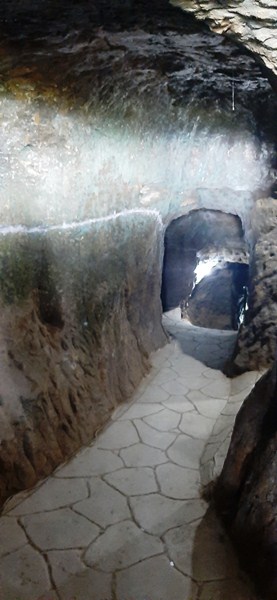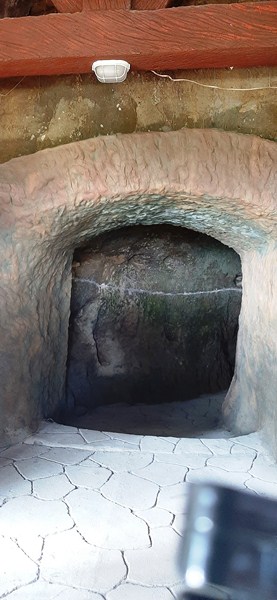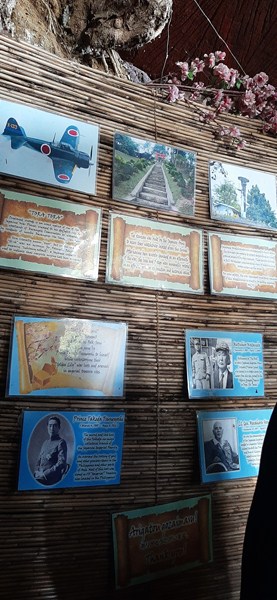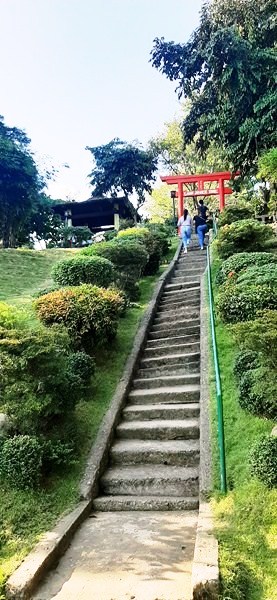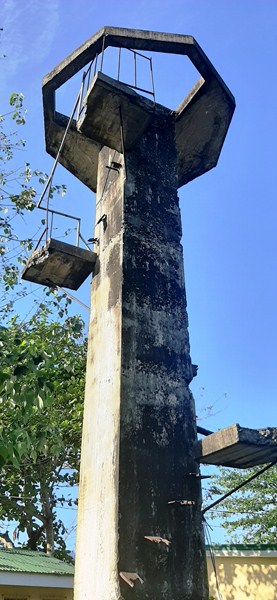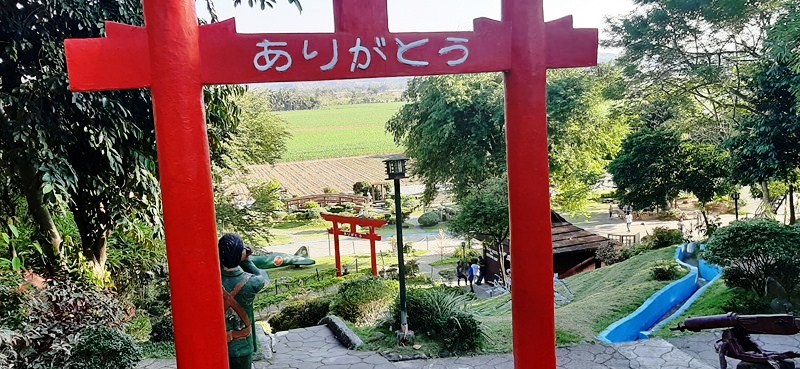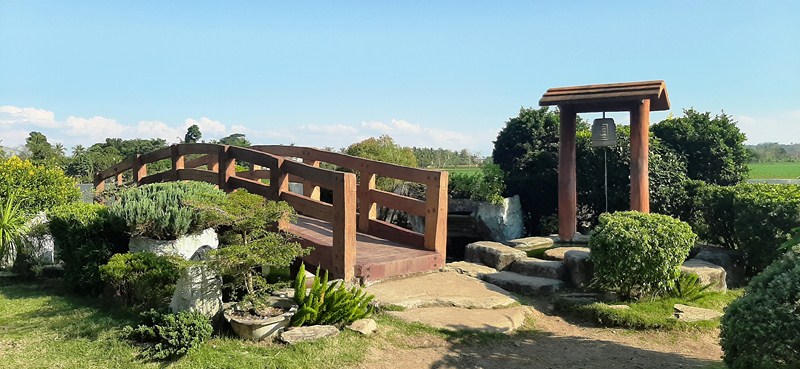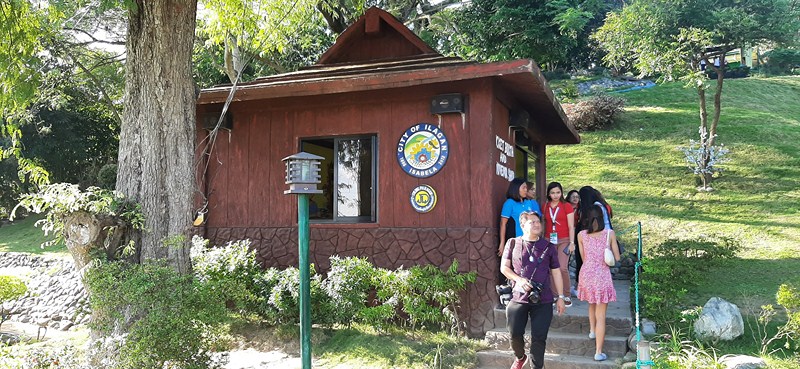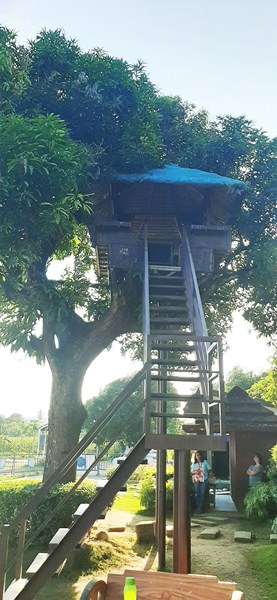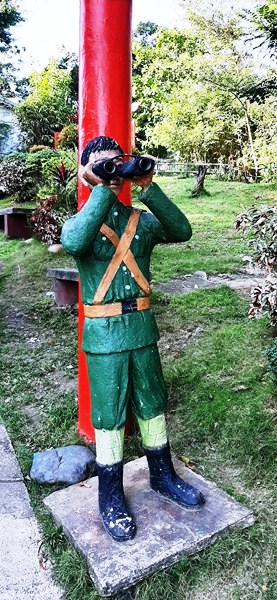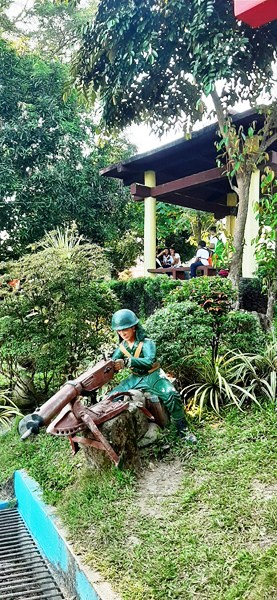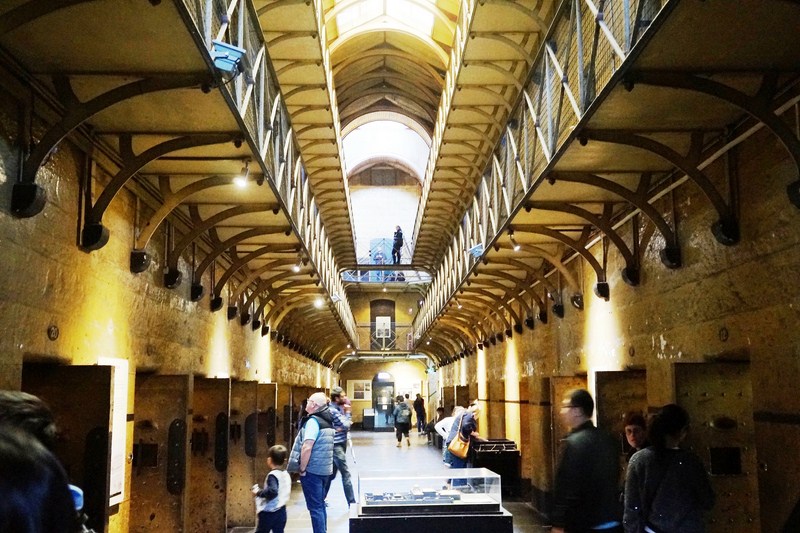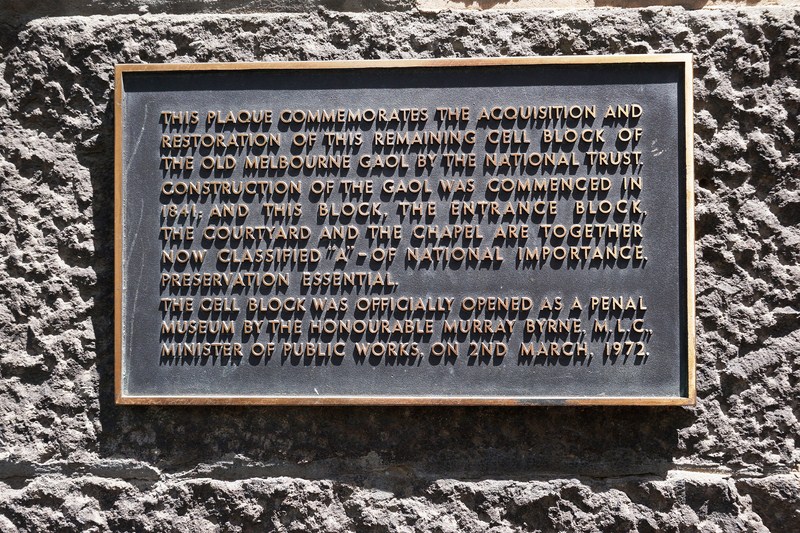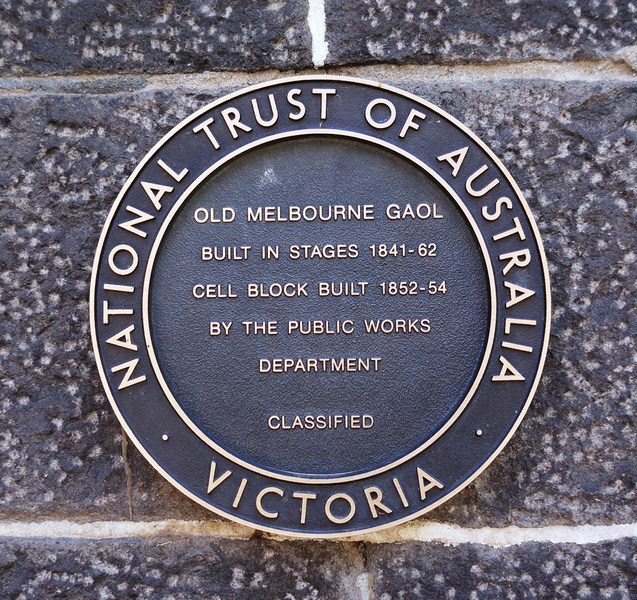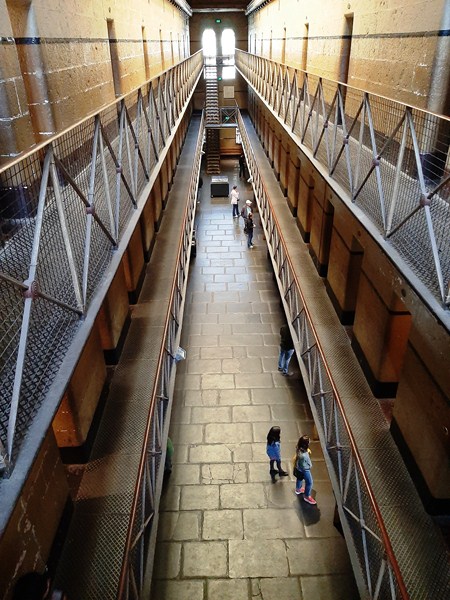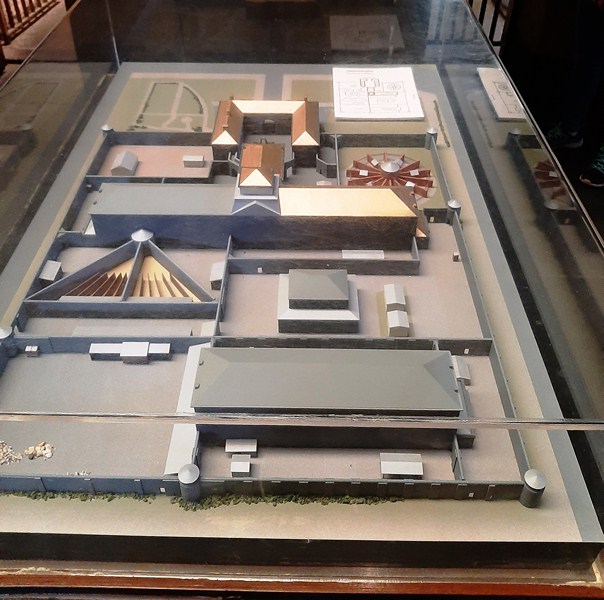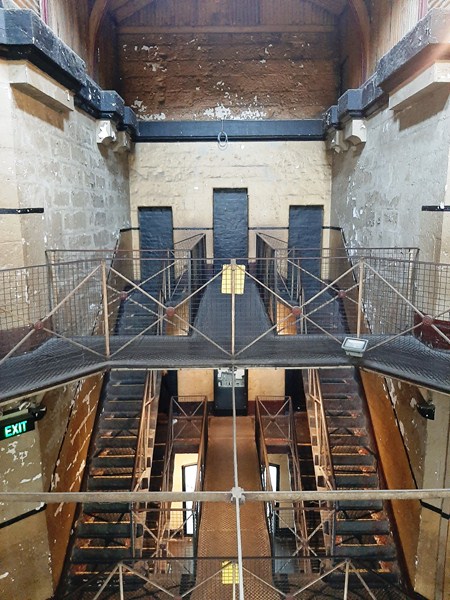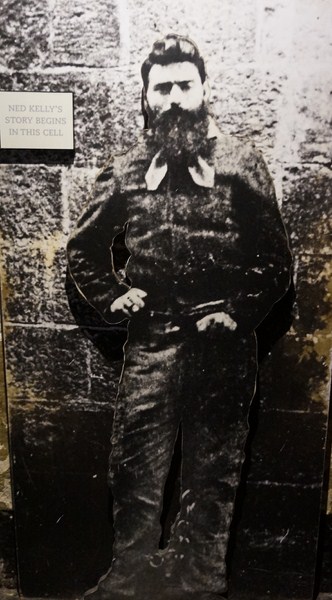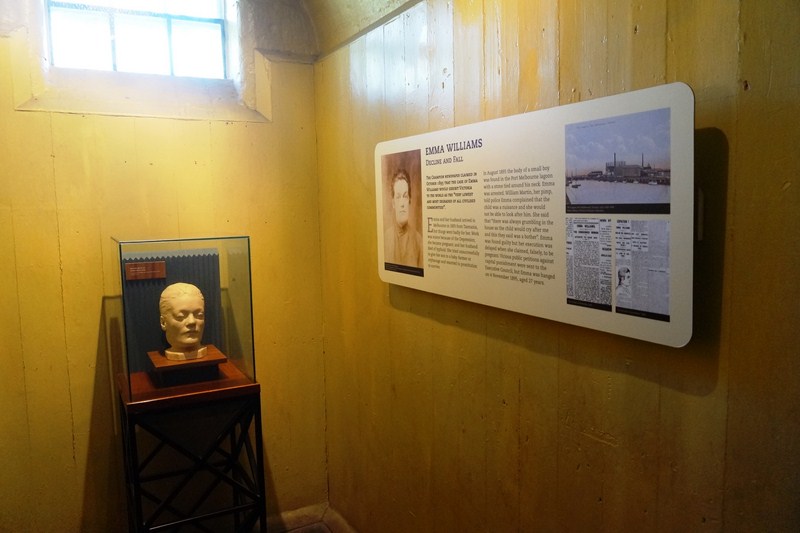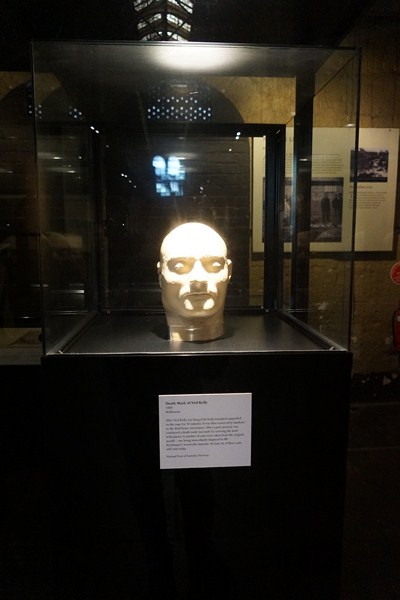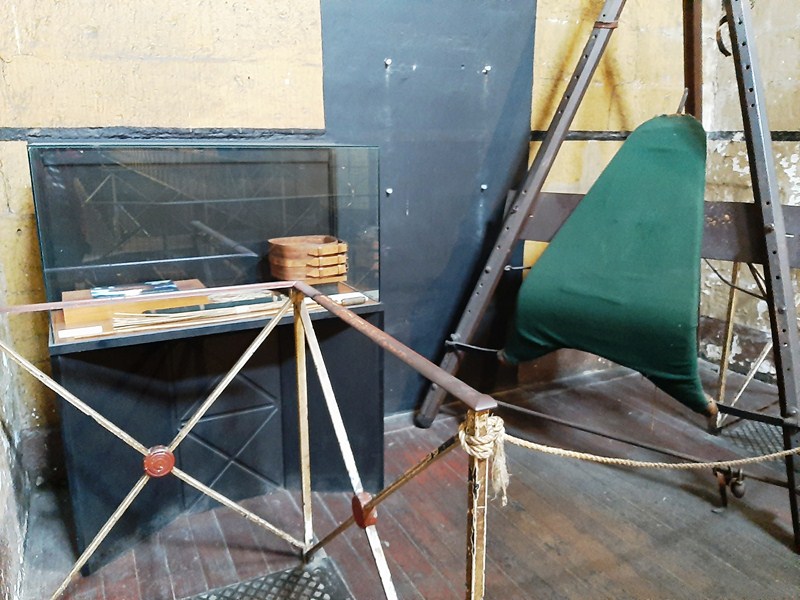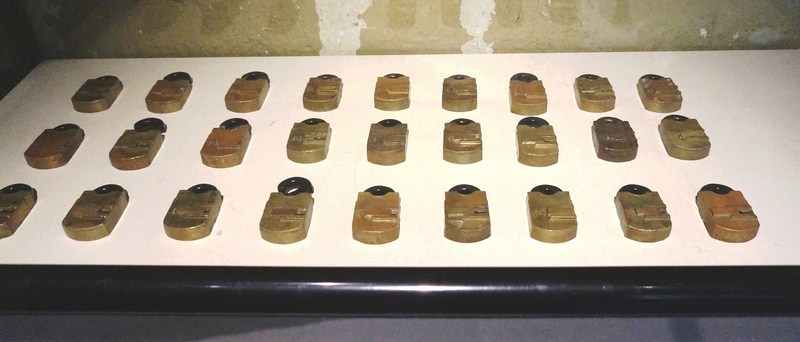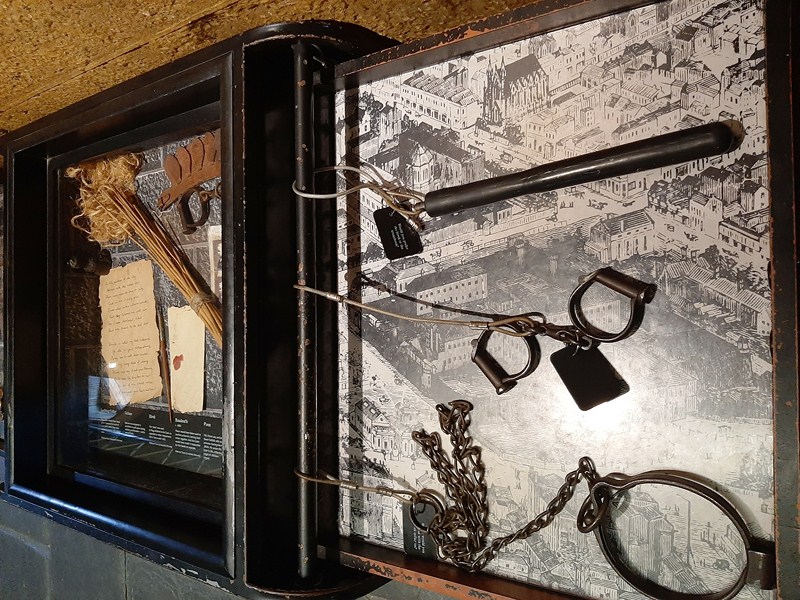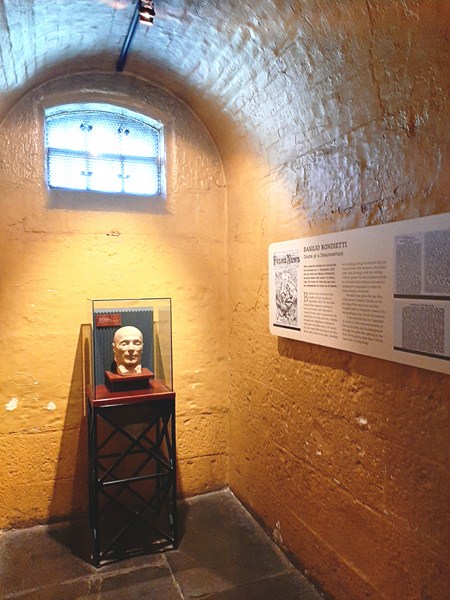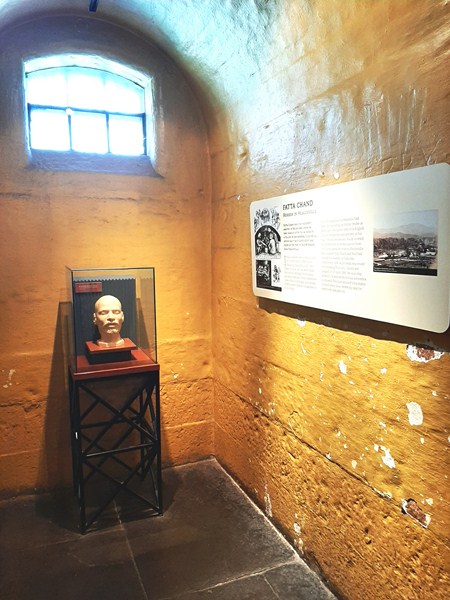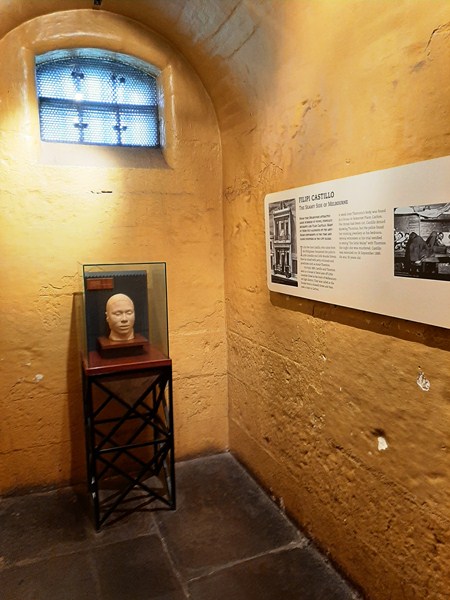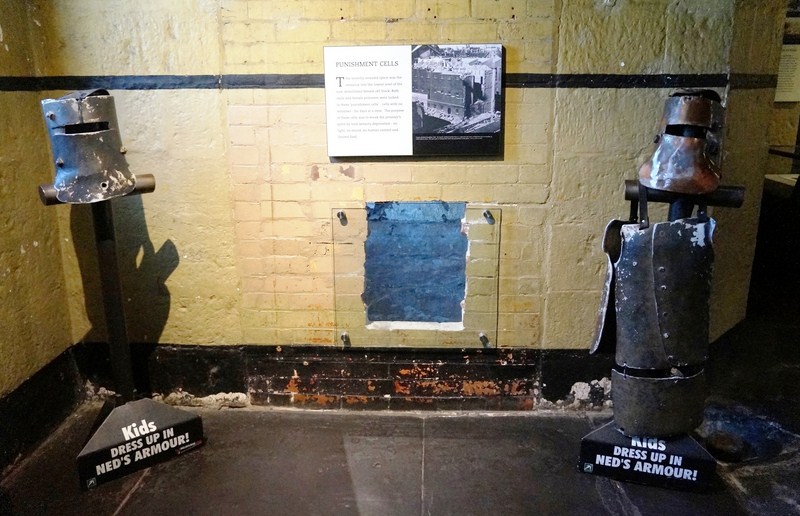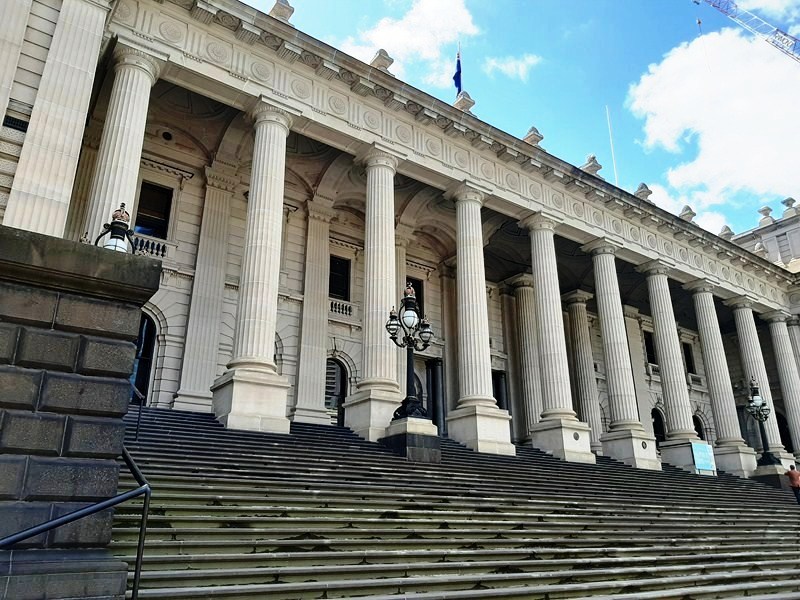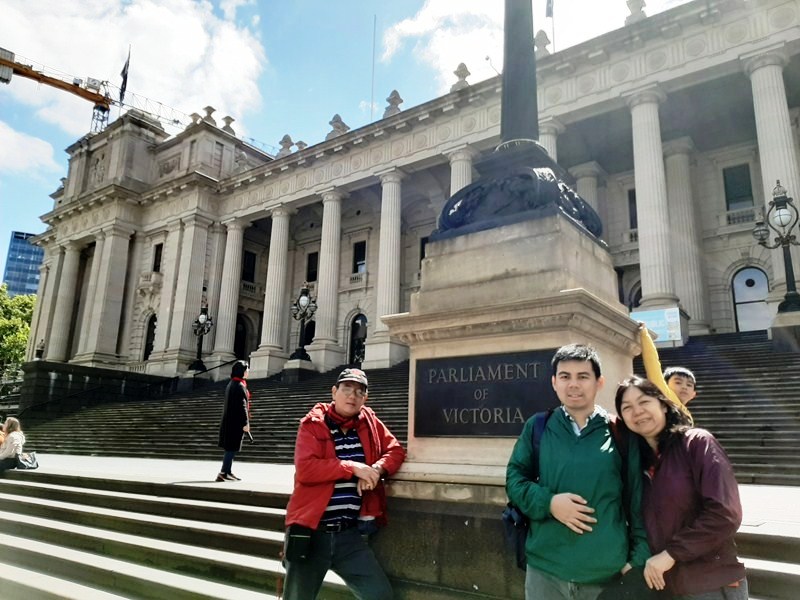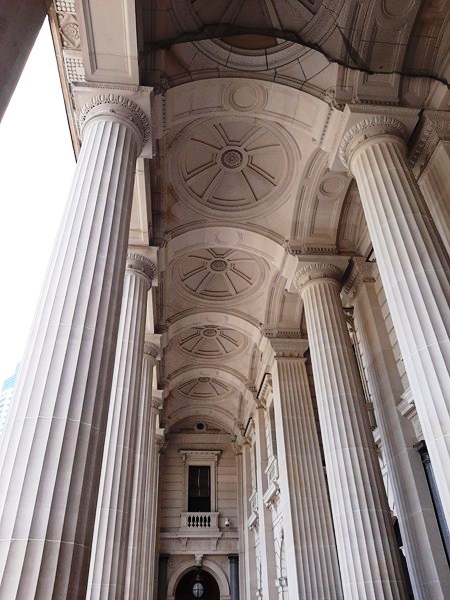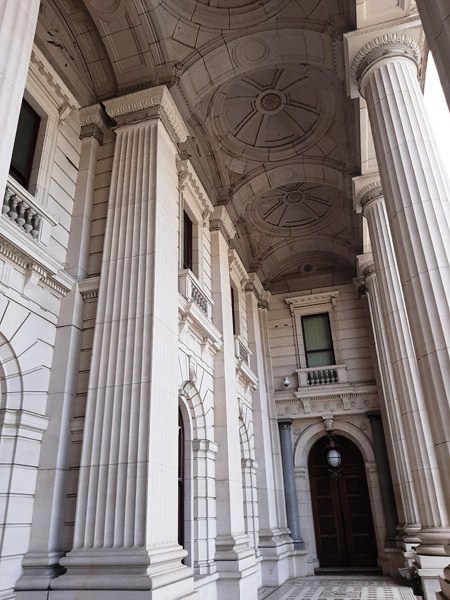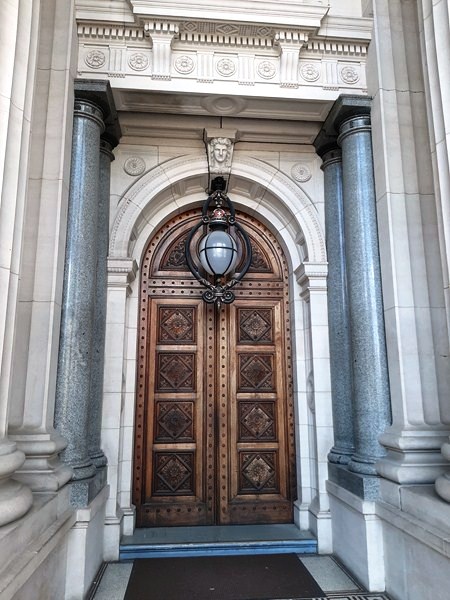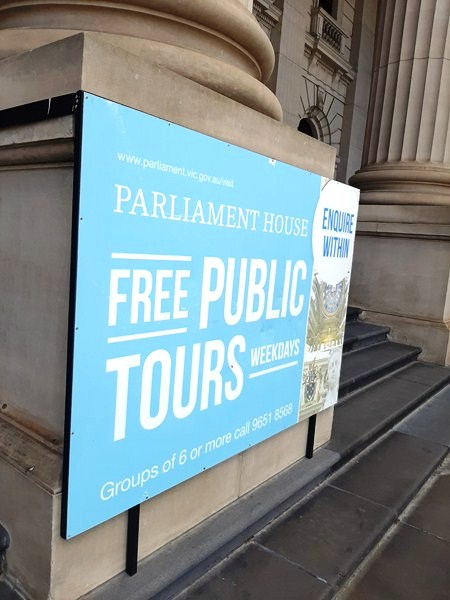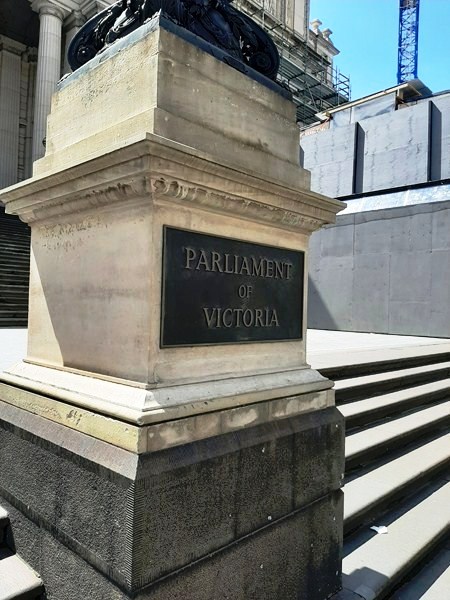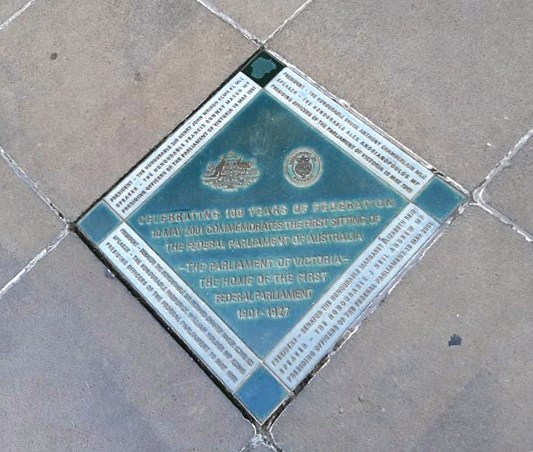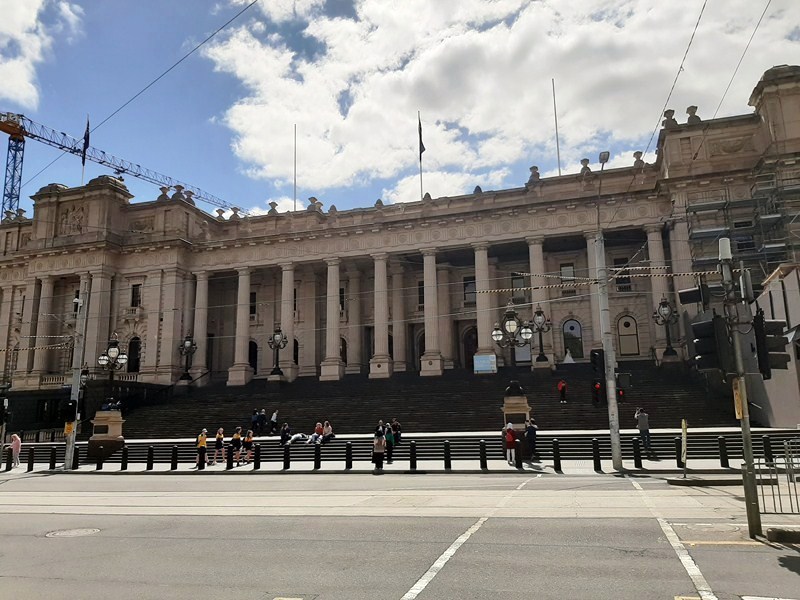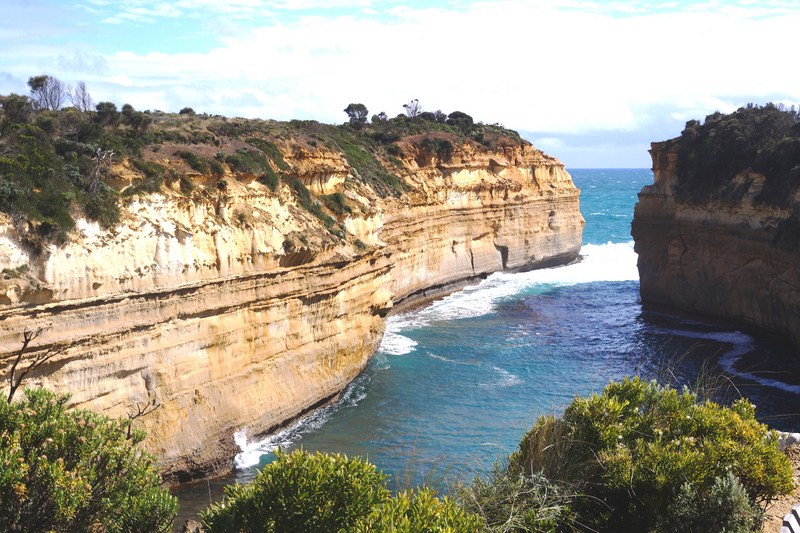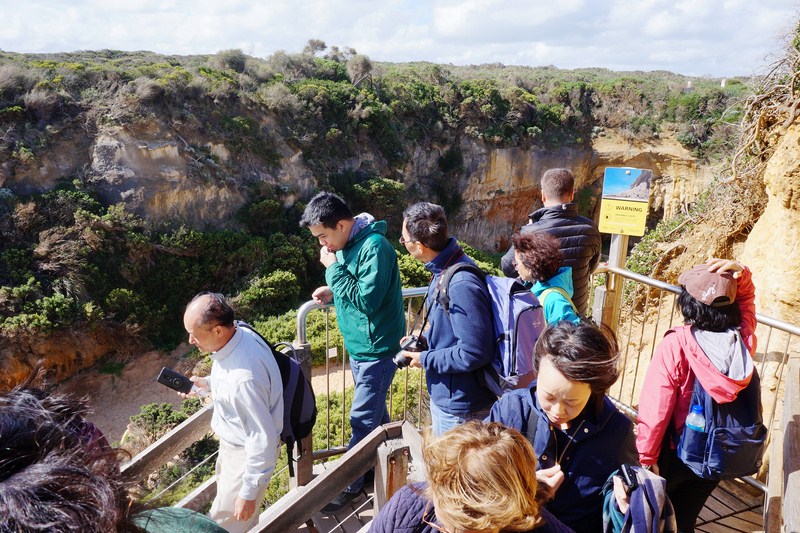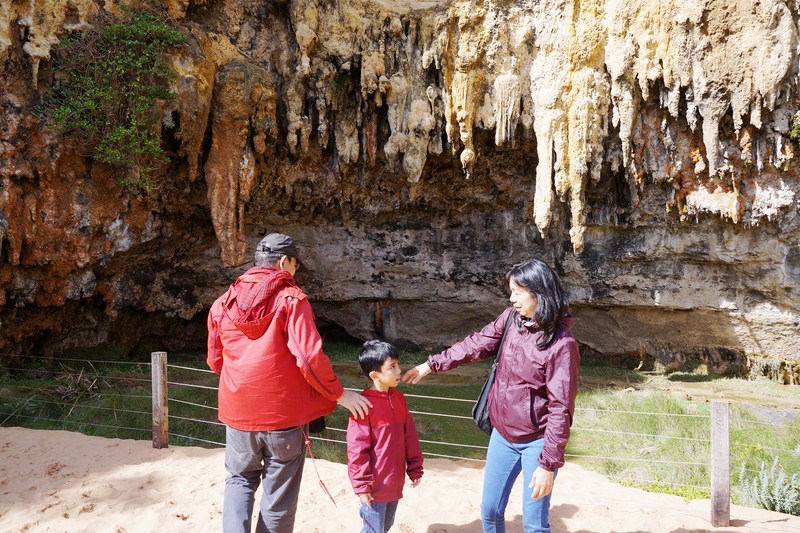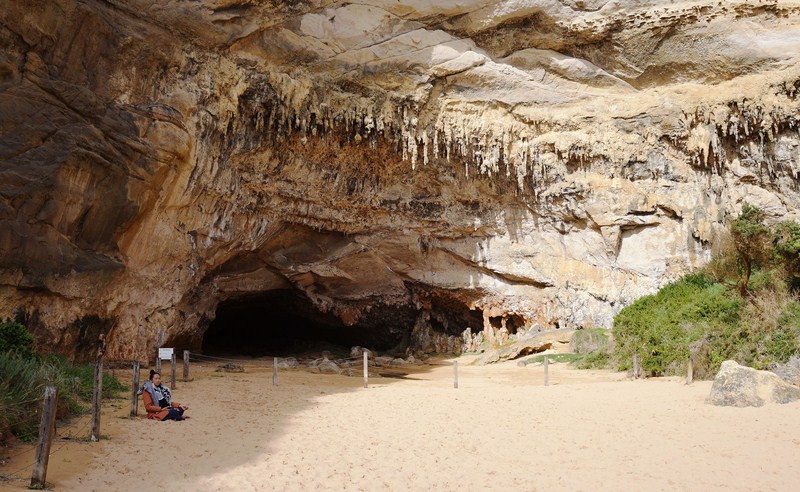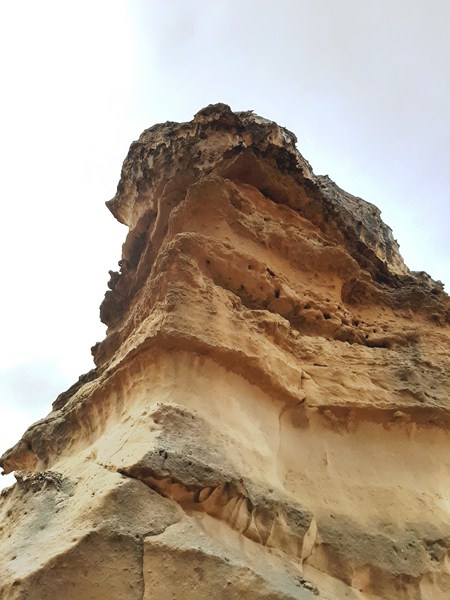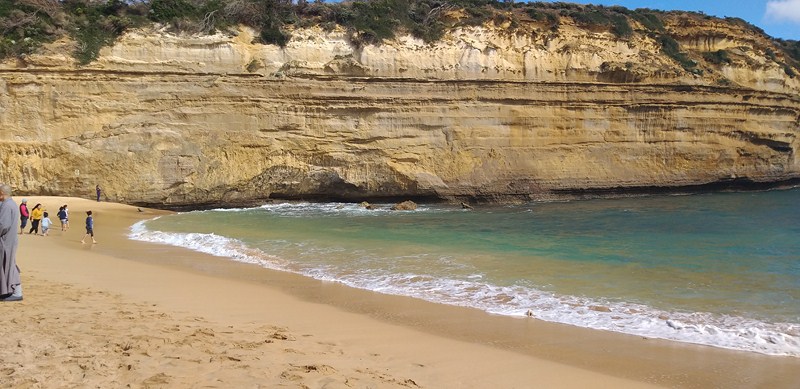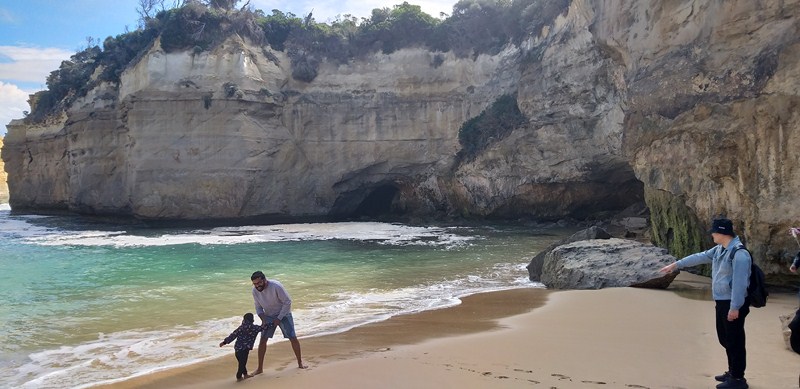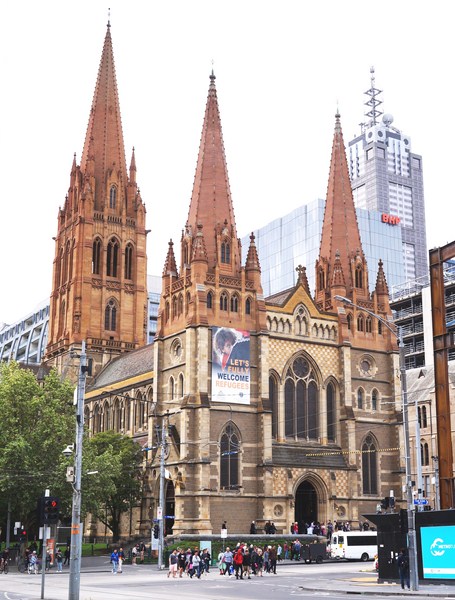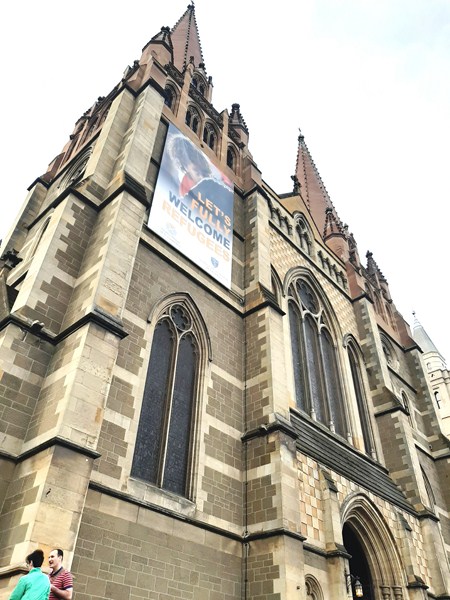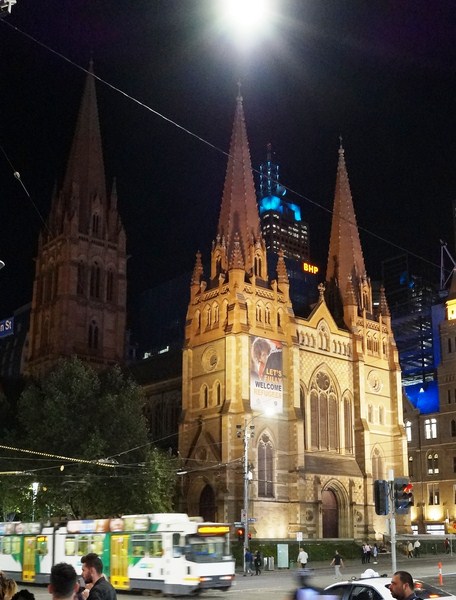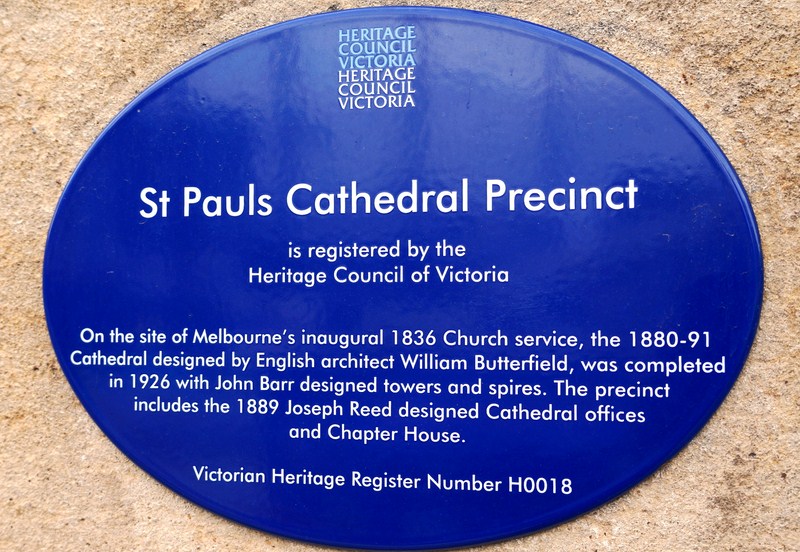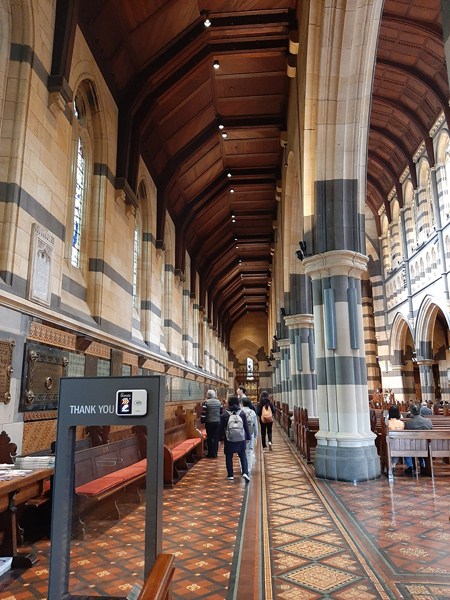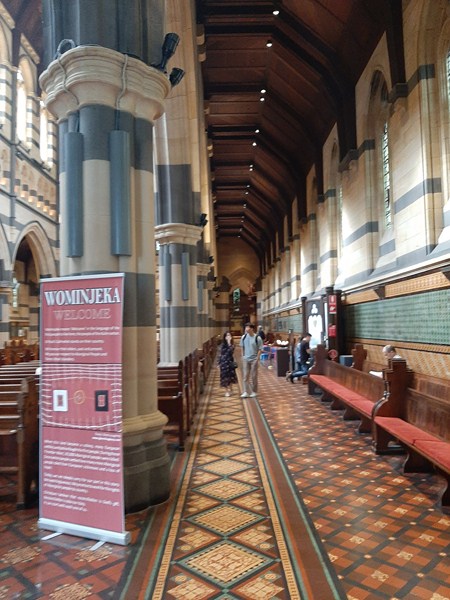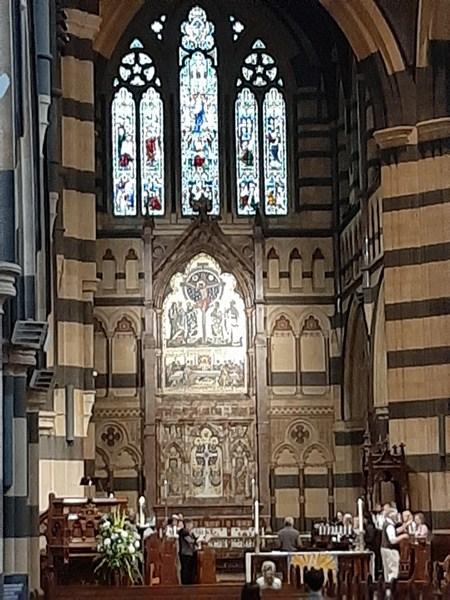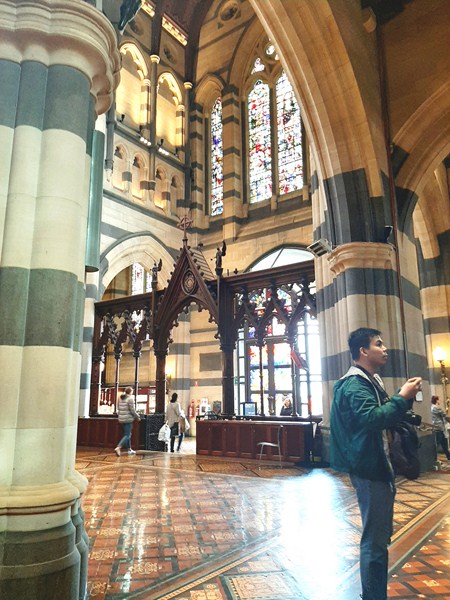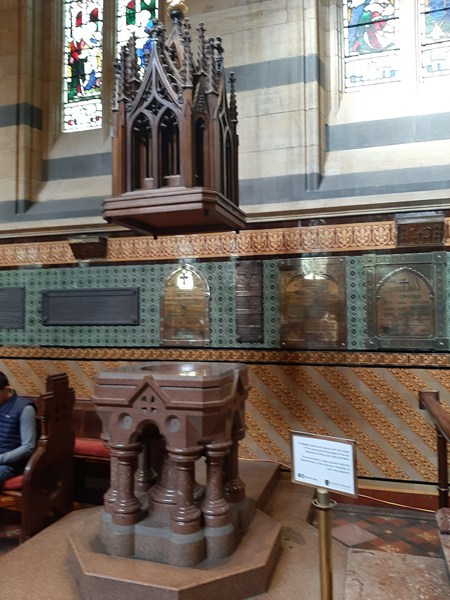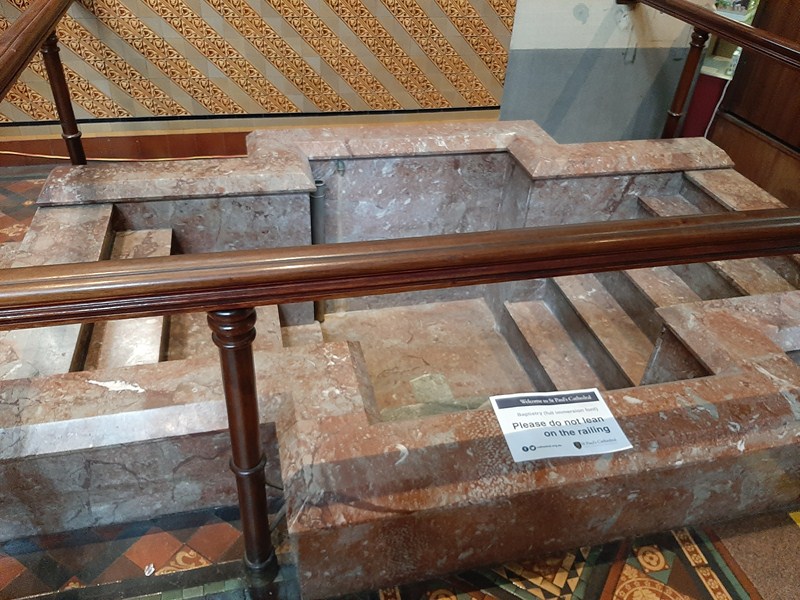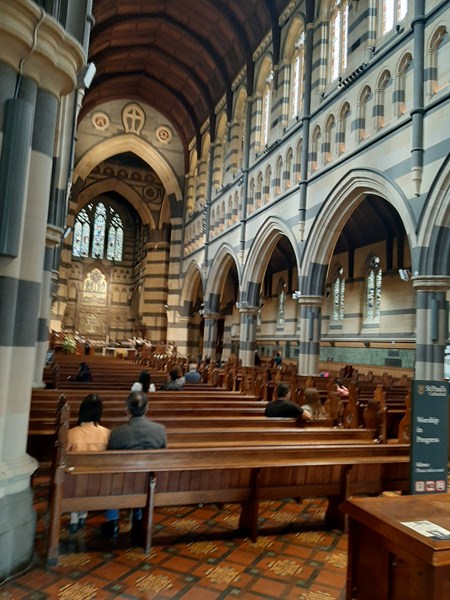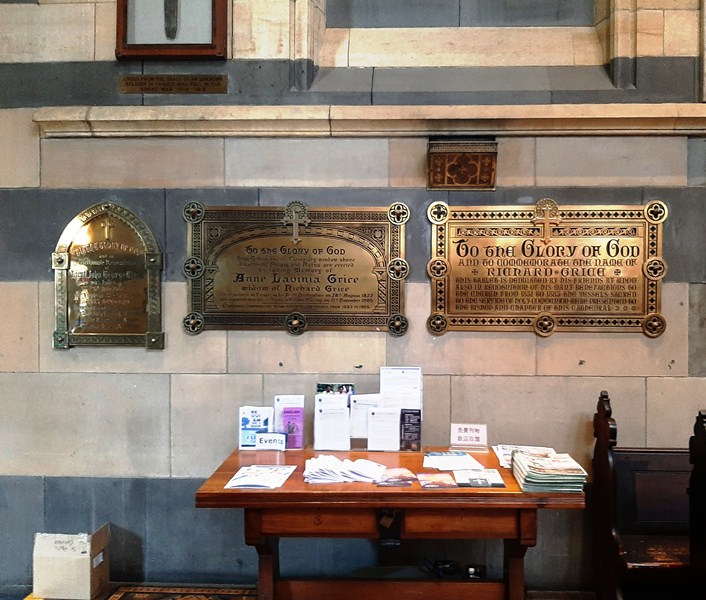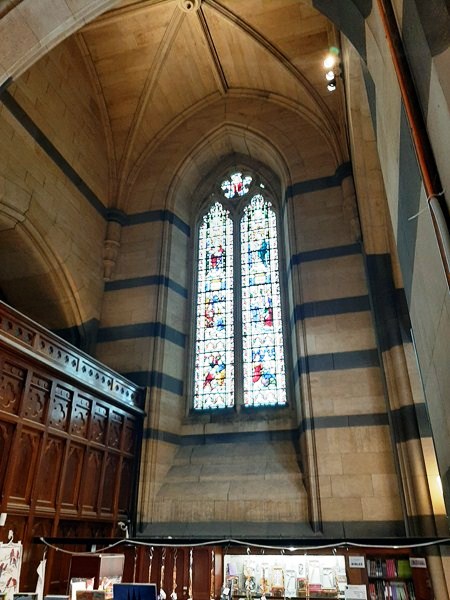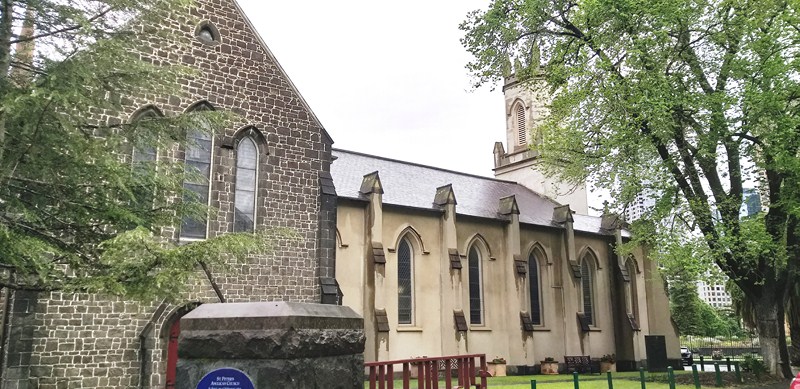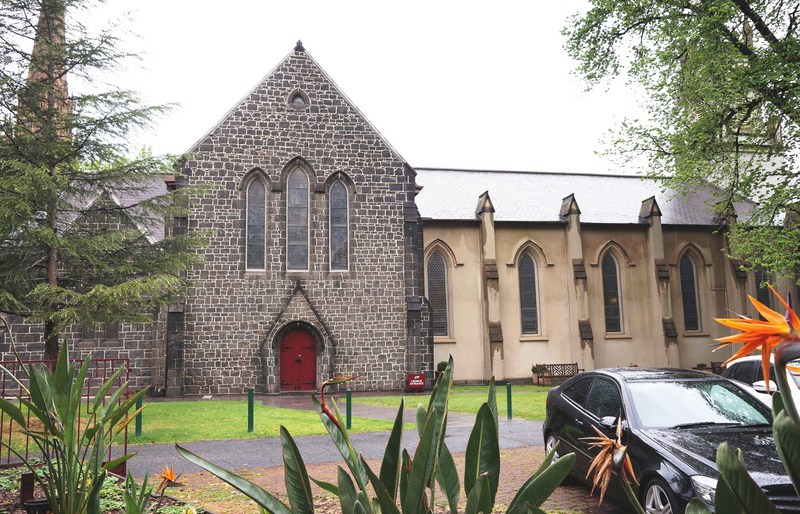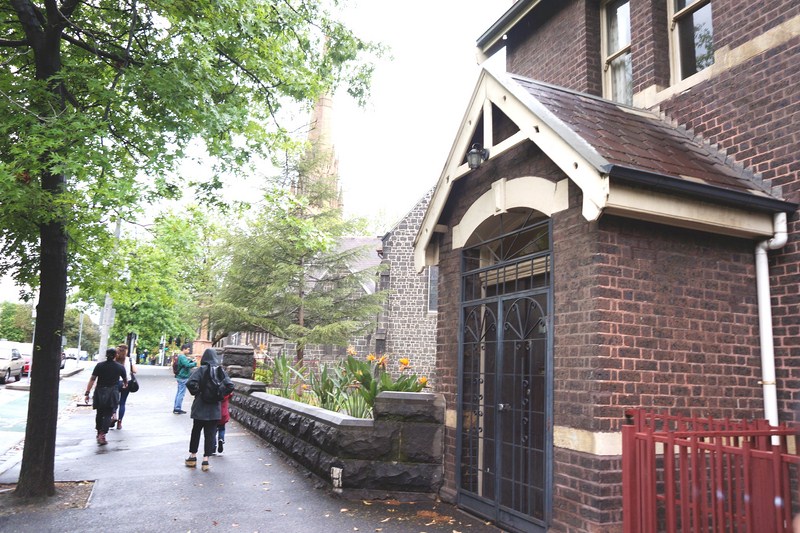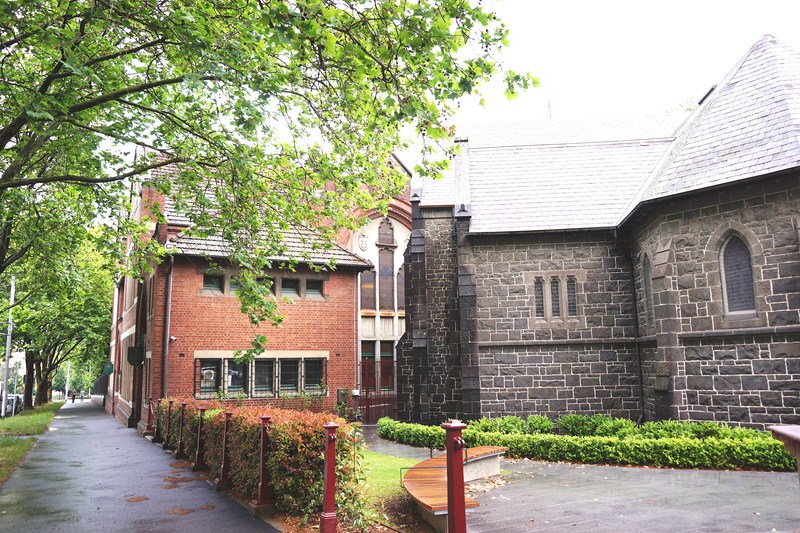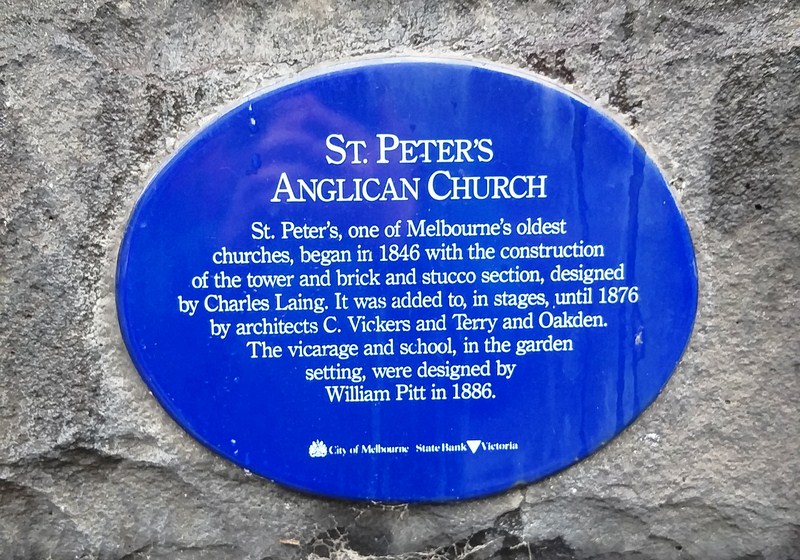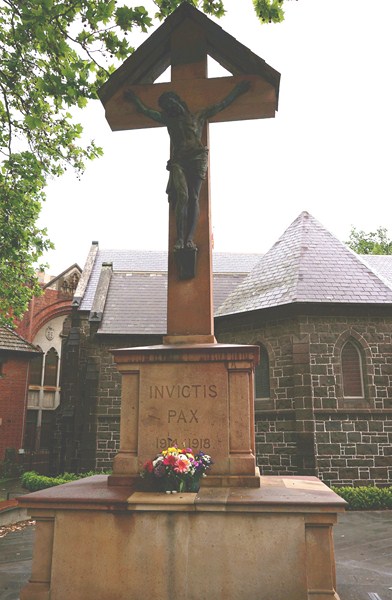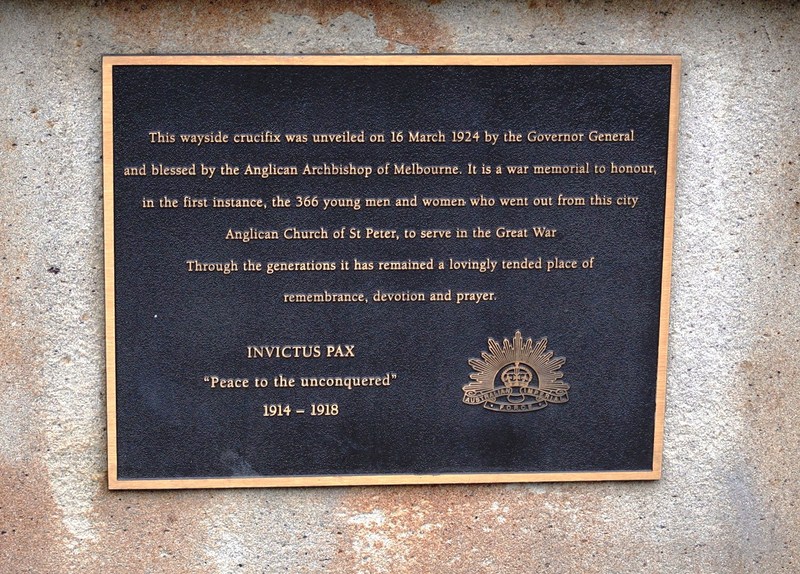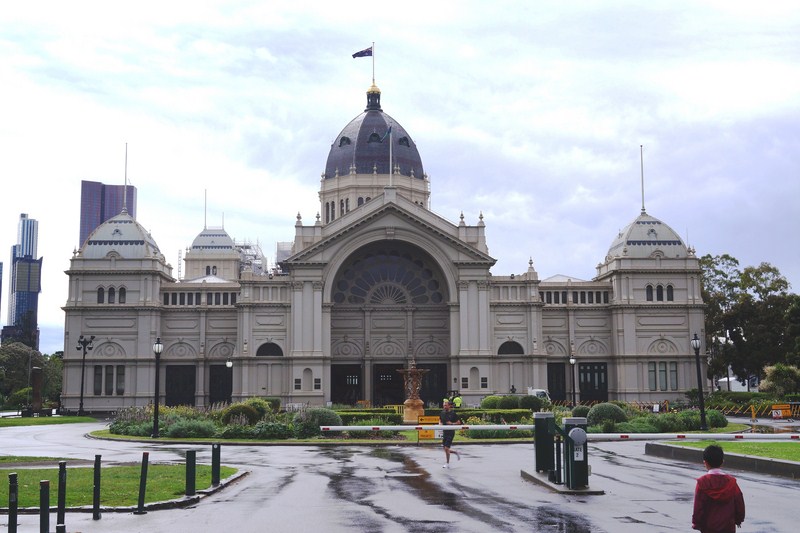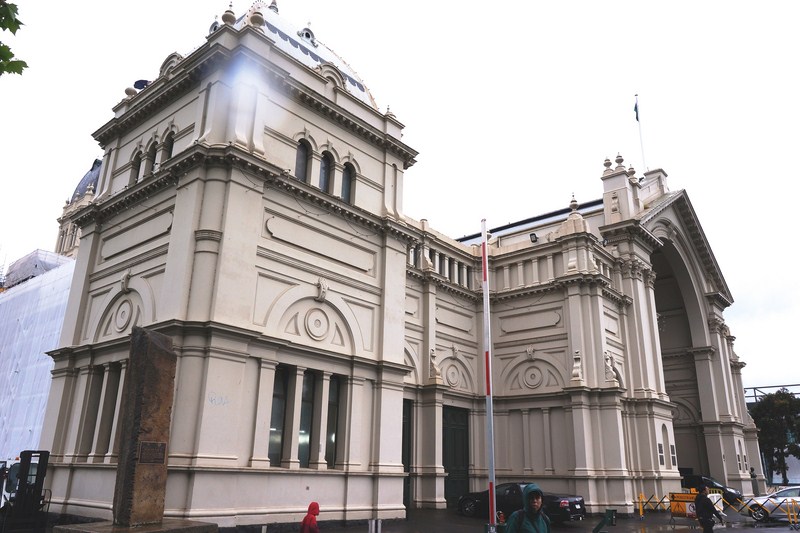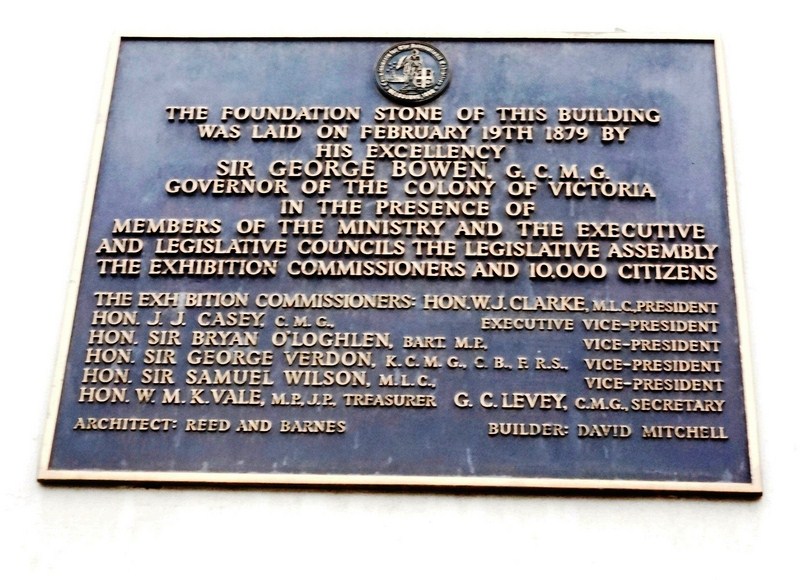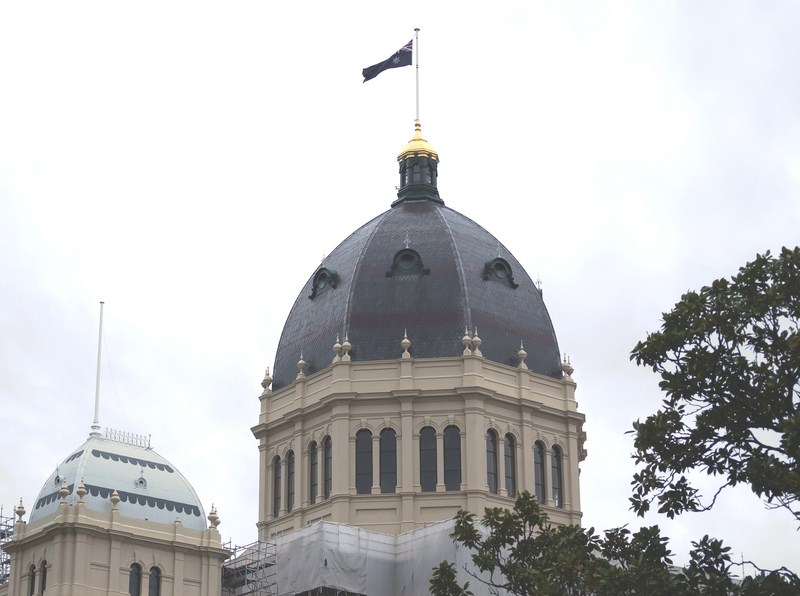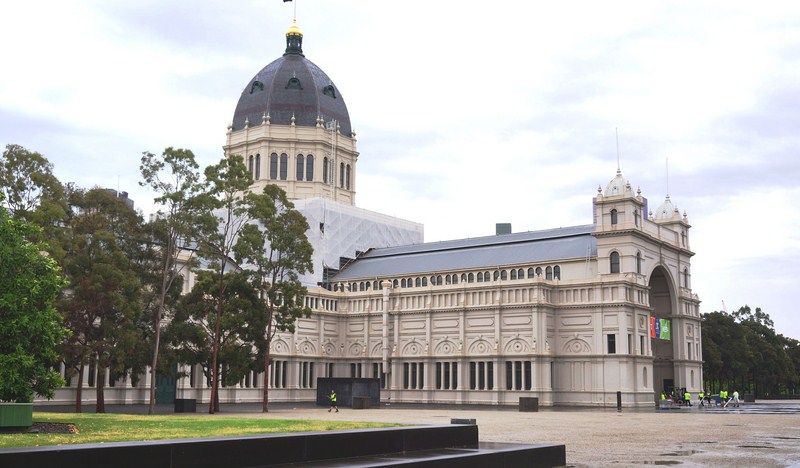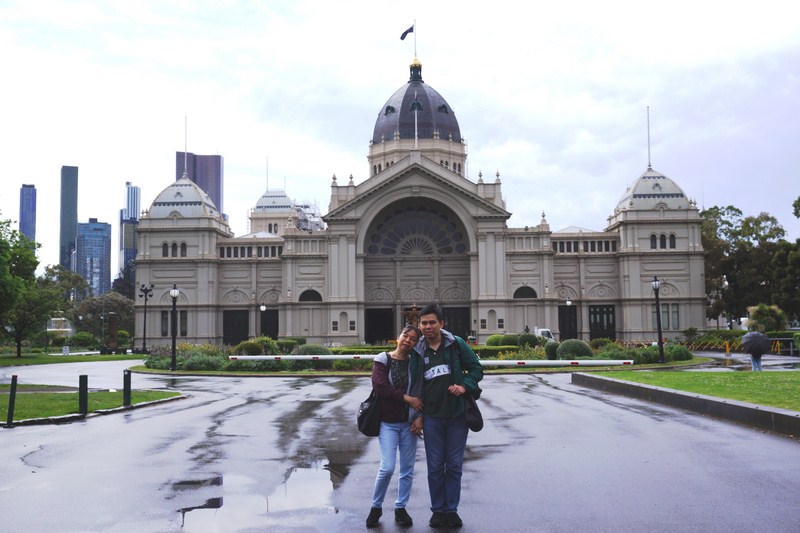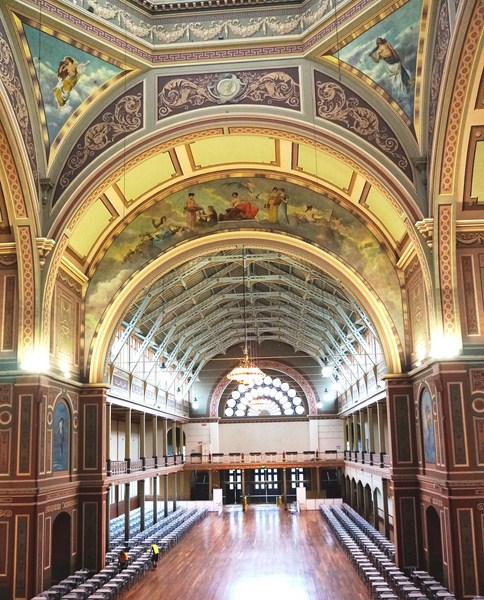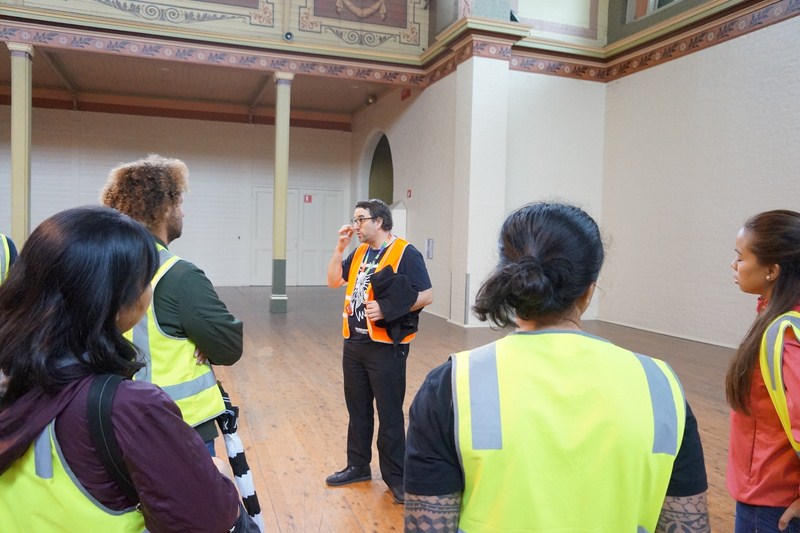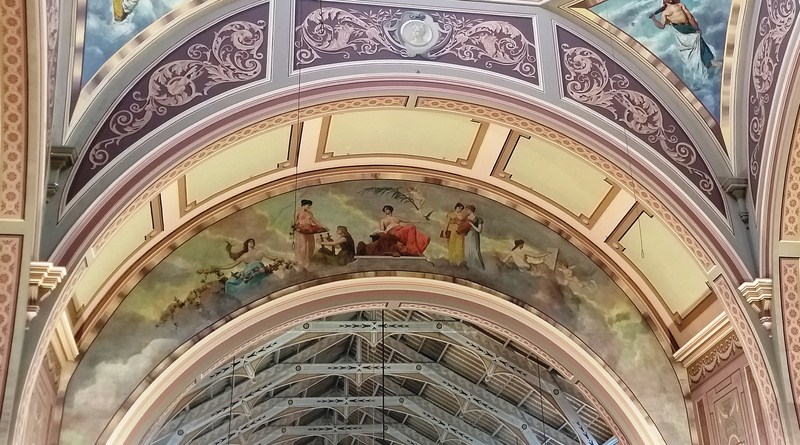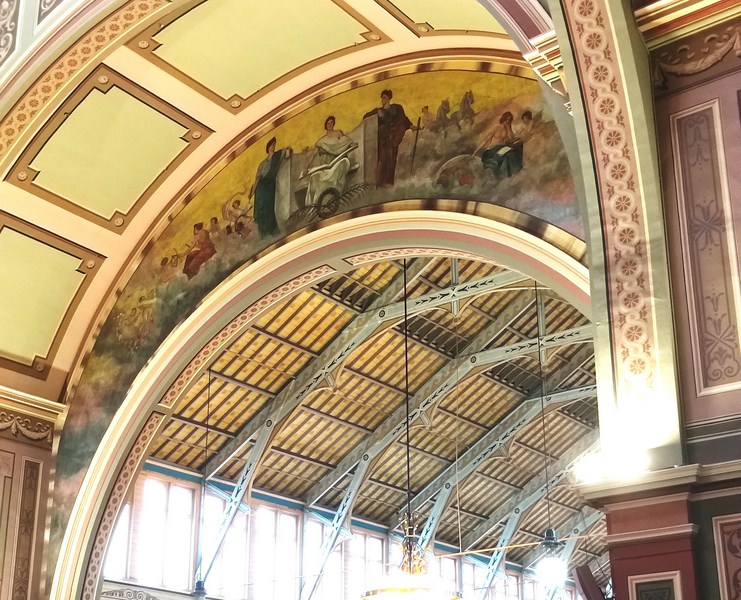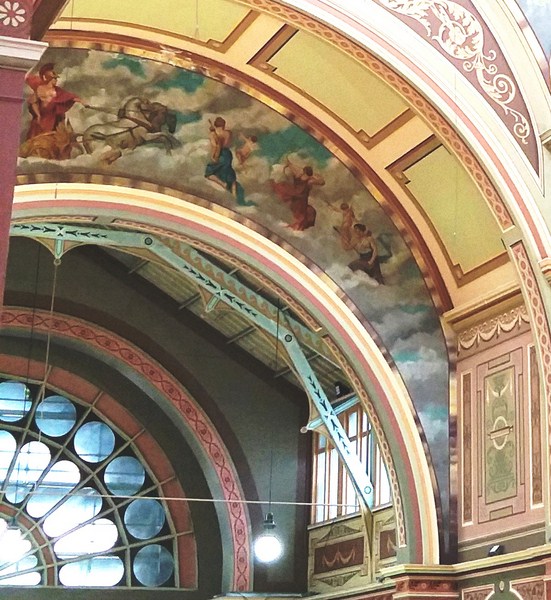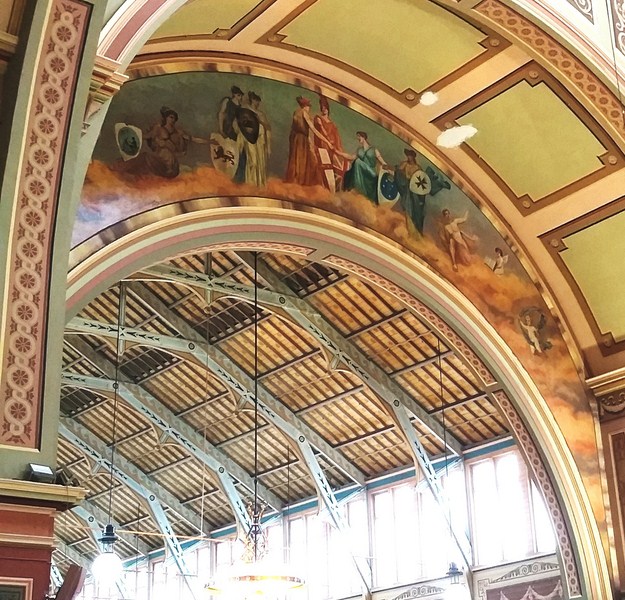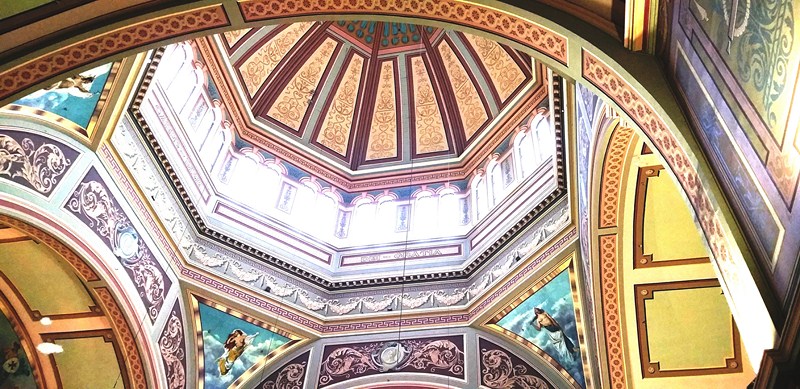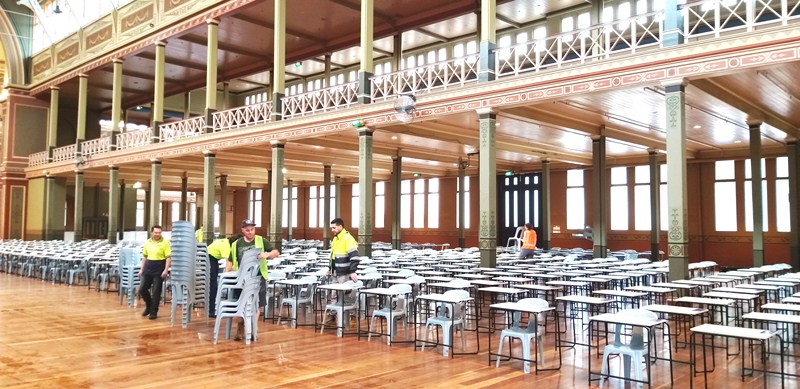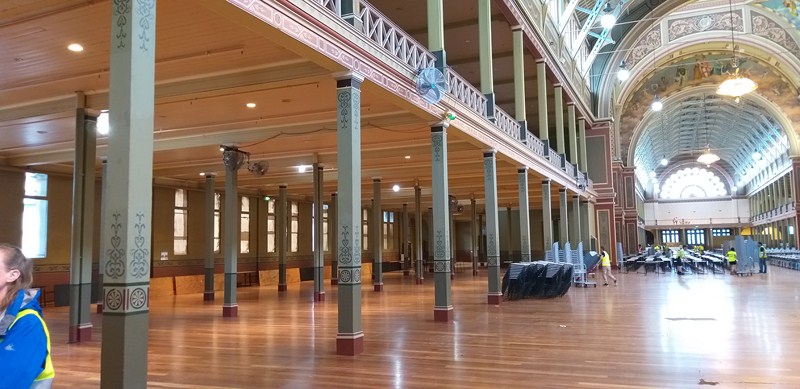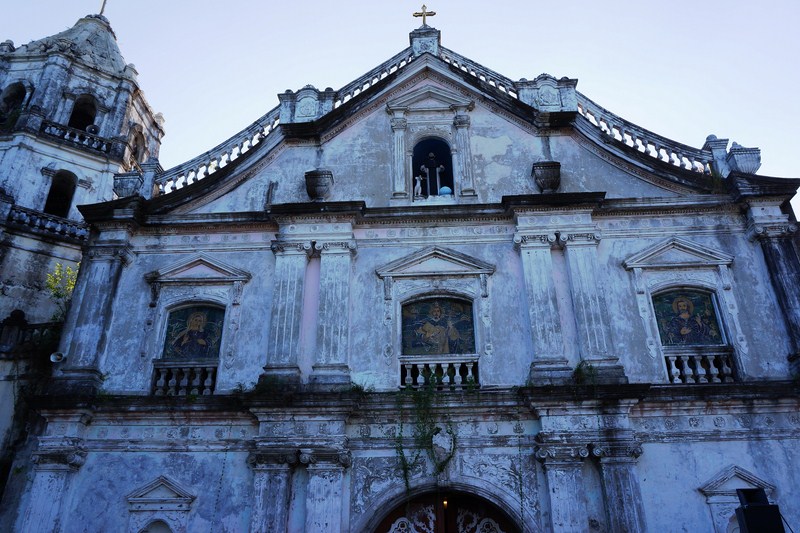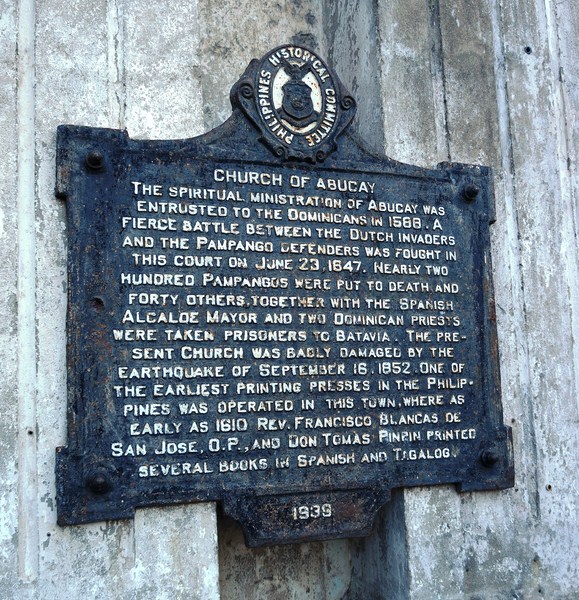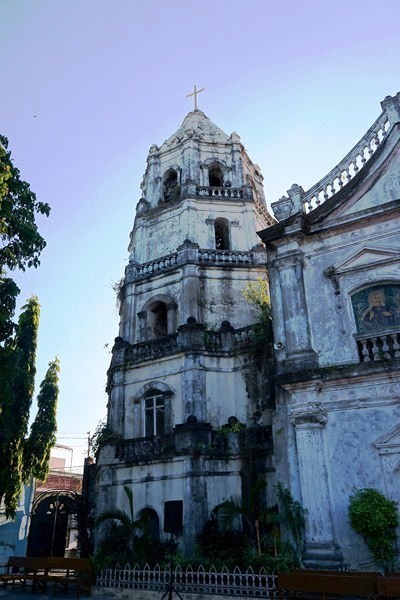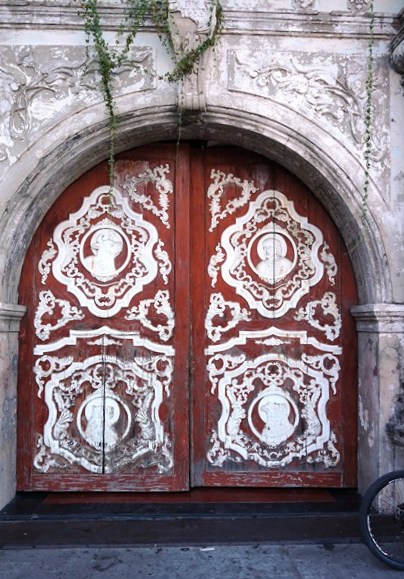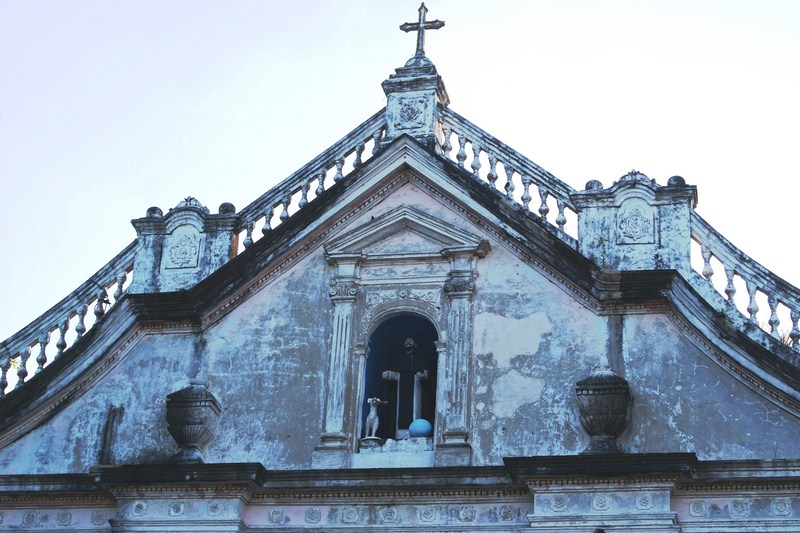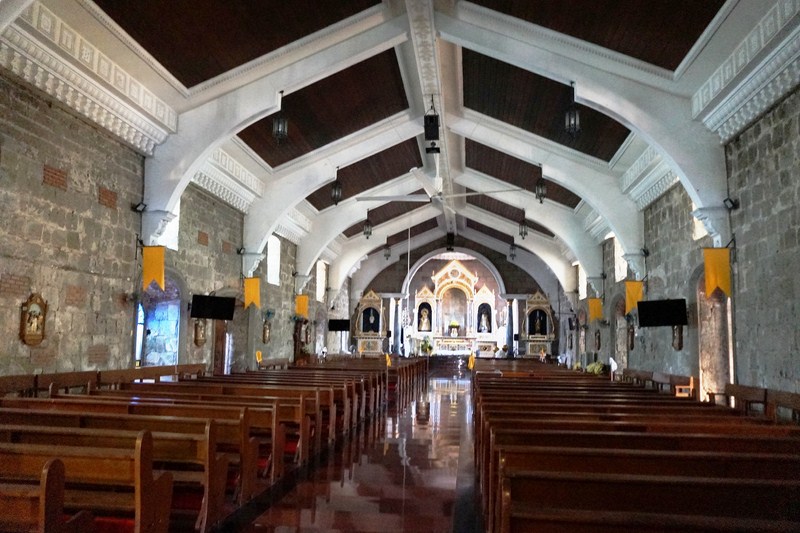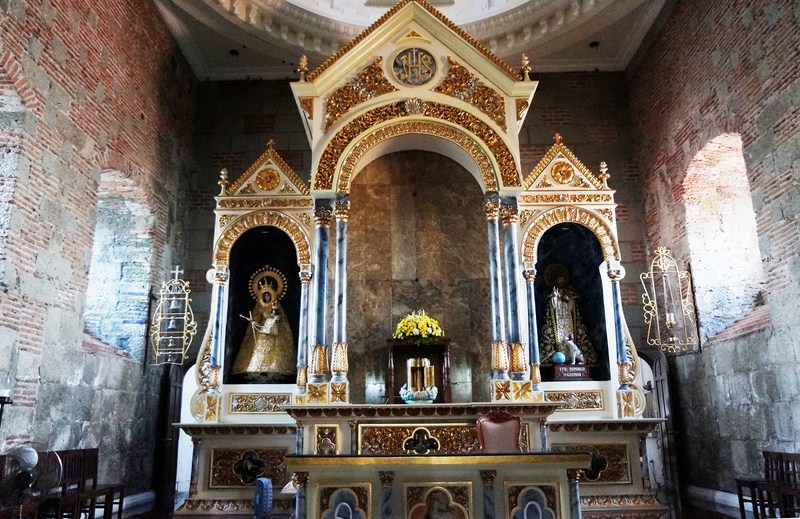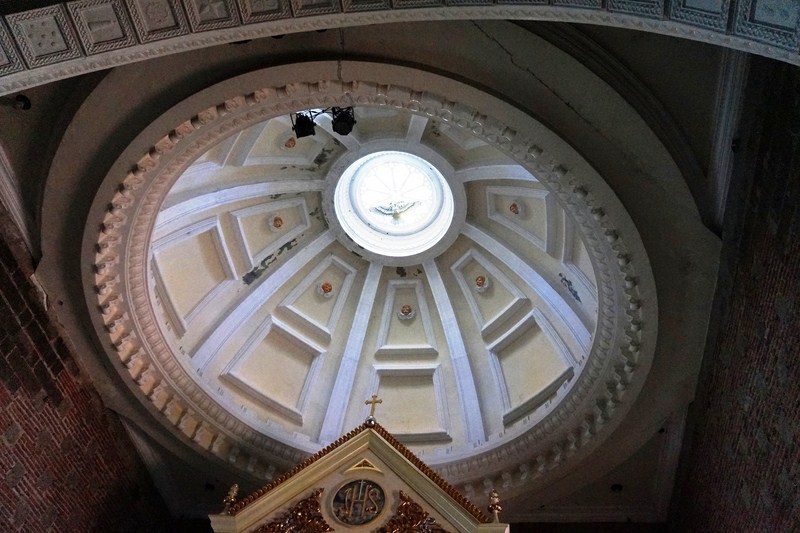The 5-hectare (12-acre), historically significant Pinaglabanan Memorial Shrine (Filipino: Pang-alaalang Dambana ng Pinaglabanan), a Filipino national shrine and park and war memorial, was built to commemorate the 1896 Battle of Pinaglabanan (translated as “battlefield”), the first major battle of the Philippine Revolution between Filipino revolutionaries and forces of the Spanish Empire, and the heroism of the Katipuneros who laid siege to Polvorín de Almacen, an armory belonging to the Spanish Colonial Government.
On August 29, 1896, 800 Katipuneros marched towards the Spanish powder magazine or polvorin (known then as Almacen de Polvora) in San Juan del Monte which protected Manila’s water supply. The first group, led by Katipunan Supremo Andrés Bonifacio and Emilio Jacinto, came from Mandaluyong. The second group, led by Sancho Valenzuela, came from Santa Mesa. Their strategy was to capture the reservoir and dry up the water supply to Manila.
Just before daylight, they rashly assaulted the forward sentry lines and besieged the Spanish garrison manned by 100 trained artillerists and infantrymen, well armed with the latest model Remingtons and Mauser breech-loading rifles. Bonifacio and his men fought with bolos, bamboo lances, short-range hunting shotguns and several pistols. The Spanish commander was killed and the rest of the garrison withdrew to El Deposito (the old Manila water reservoir). A stalemate ensued.
The following morning, they besieged El Deposito. The arrival of Gen. Bernardo Echaluce’s Regiment 73 turned the tide against the rebels. The Katipuneros, who regrouped in Santa Mesa, courageously engaged the arriving Spanish troops, but armed only with wooden lances, bolos and handmade guns, were easily outfought and forced to retreat. They suffered heavy losses with 153 patriots killed and 200 others, including Sancho Valenzuela, captured.
The centerpiece of the sprawling memorial shrine, built in 1973, is the Spirit of Pinaglabanan, a sculpture by the late, renowned Filipino sculptor Eduardo Castrillo (also known for the People Power Monument) that features three elongated cut and welded brass figures of a woman supported by two children, holding up a bolo, atop a semicircular, 10 x 4.3 x 4.3 meter molded concrete base.
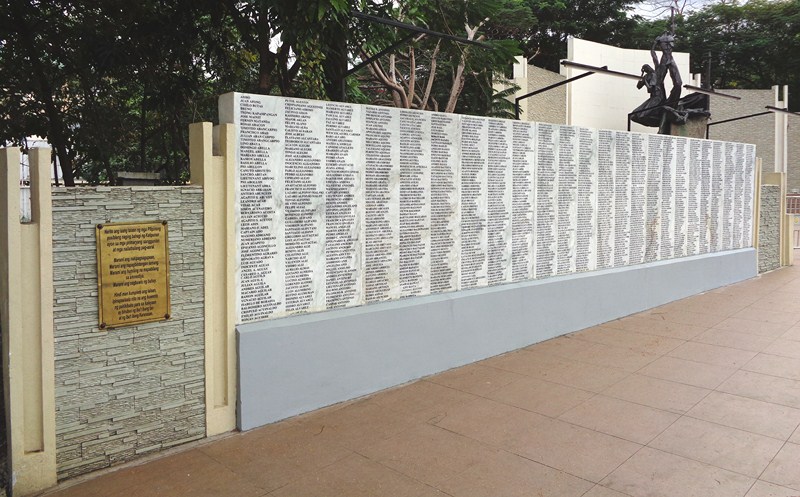
Walls inscribed with the names of possible Katipuneros based on primary sources and published studies
Flanking the statue are walls inscribed with the names of possible Katipuneros based on primary sources and published studies. In front is a monument with an “Eternal Flame” signifying the Filipinos’ adherence to the principles of liberty.
This statue, portraying the heroism of the Katipuneros who fought and died in this battlefield, is interwoven with San Juan’s identity and is depicted on the city’s official seal. On August 1, 1973, the Pinaglabanan Shrine was declared as a National Shrine by virtue of Presidential Decree No. 260.
After years of dilapidation, a Php50 million renovation for the park was begun, headed by the San Juan local government, under Mayor Francis Zamora, and the Department of Public Works and Highways with consultation from the National Historical Commission of the Philippines.
The makeover of the landmark included the replacement of flooring, landscaping, construction of a perimeter fence and public toilets and installation of new sets of elevated LED lights and sprinklers. On November 25, 2019, the memorial shrine was reopened.
The shrine is jointly maintained by the San Juan city government and the National Historical Commission of the Philippines which runs two museums within the park, the Museo ng Katipunan (Museum of the Katipunan) and the Museo El Deposito (El Deposito Museum).
Check out “Museo ng Katipunan,” “Museo El Deposito” and “El Deposito Underground Reservoir”
Pinaglabanan Memorial Shrine: N. Domingo cor. Pinaglabanan Street, Barangay Paraiso, City of San Juan, Metro Manila. Coordinates: 14°36′17″N 121°01′52″E.
How to Get There: Jeepneys, at Camp Crame, have routes that pass by the Pinaglabanan Shrine. RRCG buses that ply the Ortigas Avenue-Sta. Mesa route also pass by the Pinaglabanan Shrine. By car, take the Bonny Serrano Avenue westbound, beside Camp Crame, until you reach Pinaglabanan Shrine. From Ortigas Avenue westbound, turn left at Bonny Serrano Avenue and go straight until you reach Pinanglabanan Shrine on the right.

